Britain's best tourist attractions you should visit
The best of British
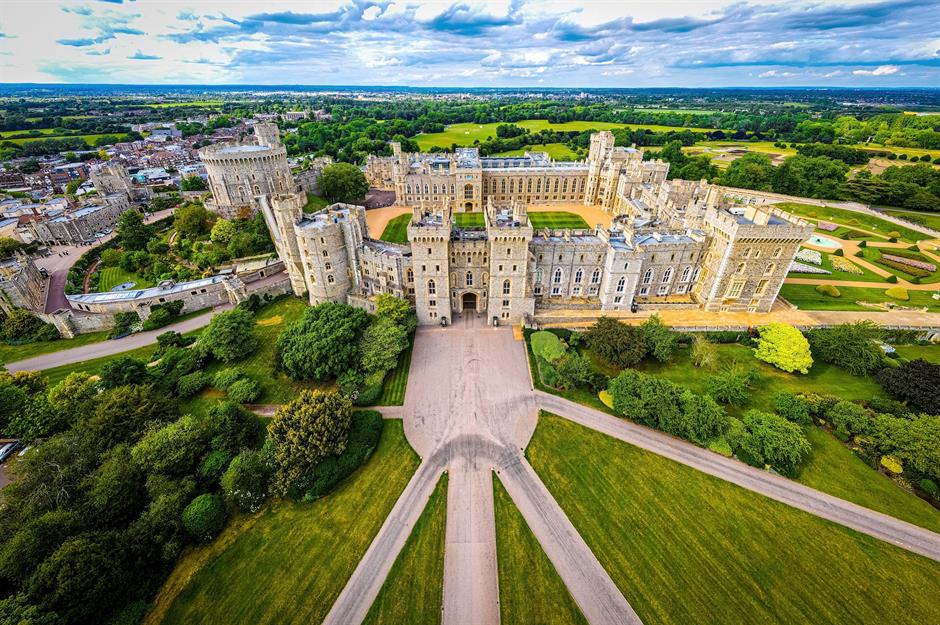
Burrell Collection, Glasgow, Scotland
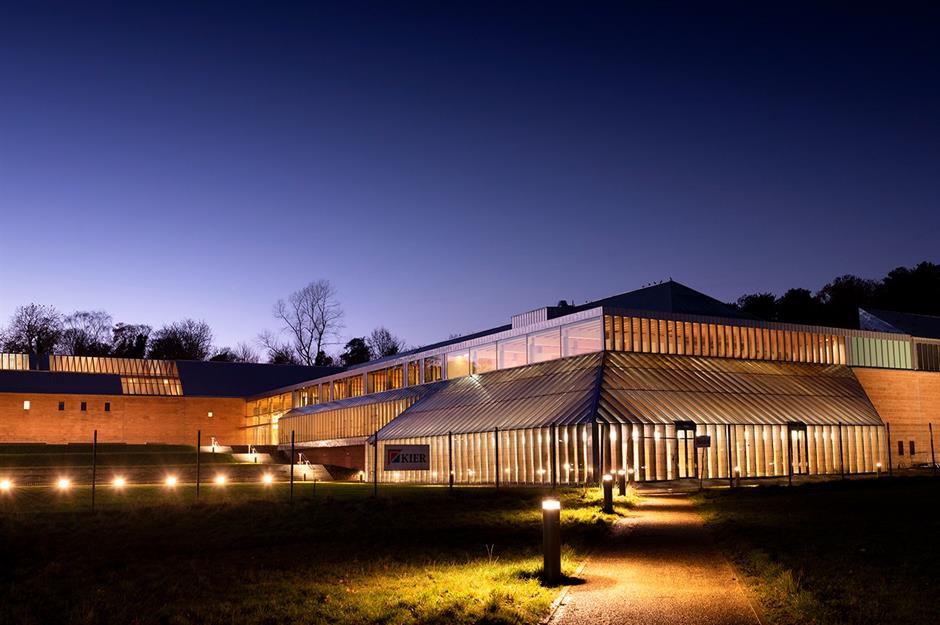
Glasgow's Burrell Collection is home to one of the world's greatest single person art collections, that of local shipping merchant Sir William Burrell (1861–1958). The gallery reopened in 2022 after a six-year and £68 million ($76.5m) refurbishment. Based in the city's largest green space, Pollok Country Park, the reimagined building can now display more of its remarkable 9,000-piece collection. Glass-walled galleries house paintings across five centuries and artwork across six millennia, including works by French artists Manet, Rodin, Degas and Cézanne. It is free to enter.
Blackpool Tower, Blackpool, England

The mighty 518-foot (158m) Blackpool Tower has crowned Lancashire’s much-loved seafront for over 150 years. Inspired by the Eiffel Tower, the structure was designed by local architects James Maxwell and Charles Tuke and first opened to the public in 1894. The landmark is best known for its breathtaking Tower Ballroom, designed by Frank Matcham, which is famed for its elegant architecture and sprung dance floor. Soaring over Blackpool's Golden Mile, the tower provides sweeping panoramas across the coastline.
National Museum of Scotland, Edinburgh, Scotland
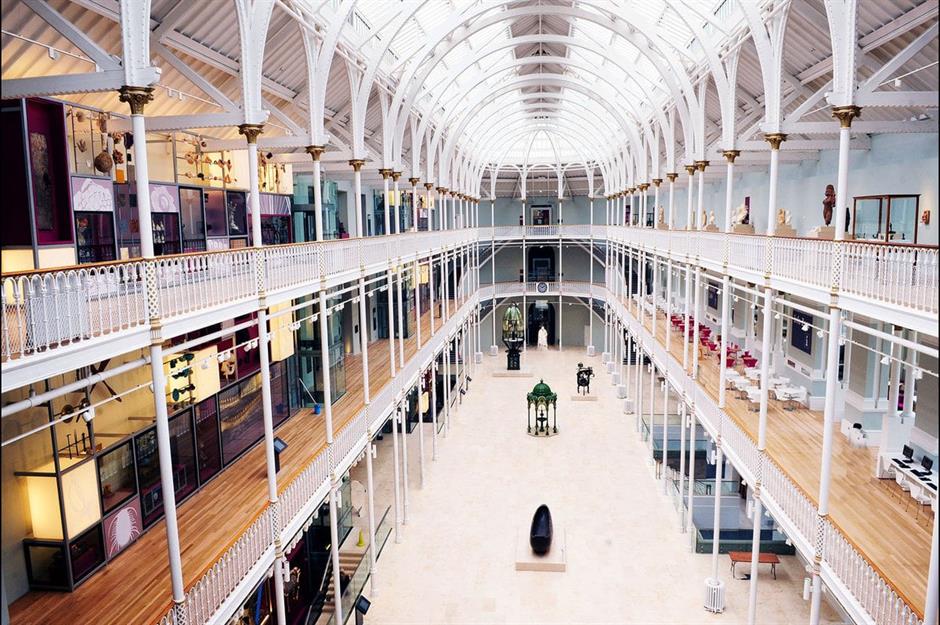
In the heart of Edinburgh, the National Museum of Scotland explores cultural and natural history across the globe as well as the country through the ages. Founded in 2006, it was formed when both the Museum of Scotland and Royal Scottish Museum merged. Today, the National Museum has a vast collection of 12 million items spanning everything from dinosaur fossils to Scottish treasures. The Grand Gallery is the biggest draw, featuring a four-storey Window on the World installation that holds over 800 objects, including a four-seater bike and an elephant’s skull.
Brighton Palace Pier, Brighton, England
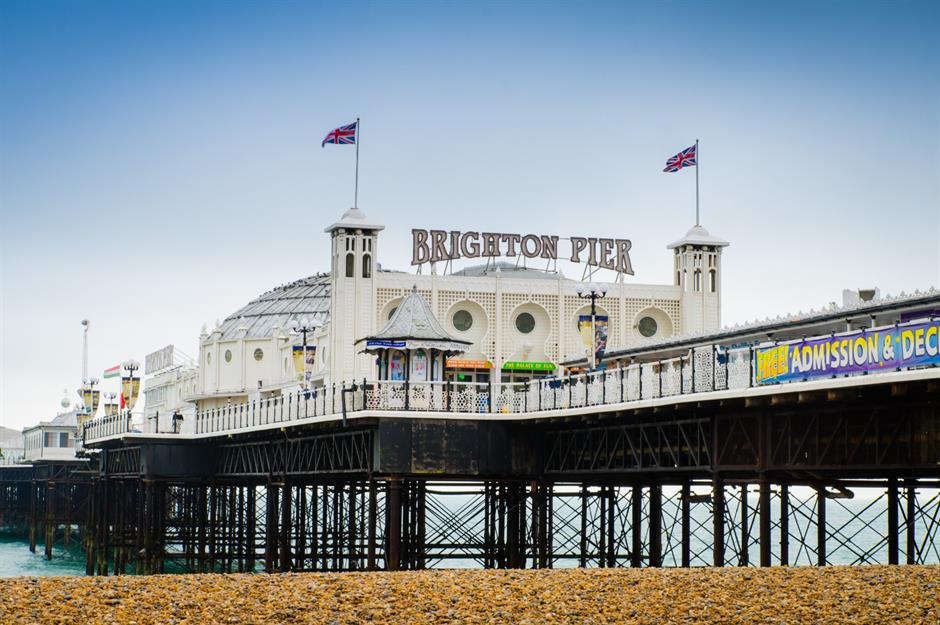
One of England's premier seaside resorts since the Georgian era, Brighton’s 1,722-foot (522m) pier is one of the best examples of a pleasure pier in the world. Opened in 1899, the Victorian pier transformed Brighton into one of the most popular holiday destinations in the country. Today, the pier offers a mixture of vintage and modern attractions including fairground rides like the carousel, Helter-Skelter and the Palace of Fun, an amusement arcade, as well as restaurants offering classic beside-the-sea fare such as fish and chips and ice cream sundaes.
Angel of the North, Gateshead, England
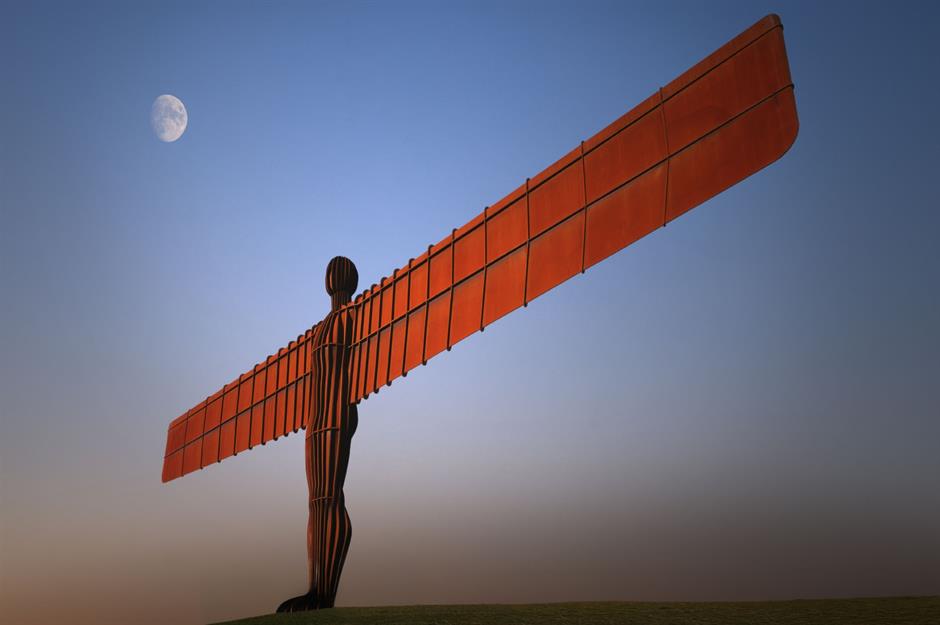
Towering over the A1 on the mound of an abandoned coal mine in Gateshead, Antony Gormley’s vast sculpture has been a defining landmark of England's northeast for nearly 25 years. Completed in 1998 and standing 66-foot-tall (20m), the wingspan of the mighty steel structure is nearly as wide as a jumbo jet at an eye-watering 177 feet across (54m). The glorious sculpture has since become one of Britain’s most recognisable sights.
Falkirk Wheel, Falkirk, Scotland

A mechanical marvel of Scotland’s waterways, the Falkirk Wheel is the world’s first and only rotating boat lift. Situated in central Scotland, it was built to connect the Forth & Clyde Canal and the Union Canal, allowing coast-to-coast navigation across the heart of the country. Standing 115-foot-tall (35m), this incredible structure moves boats between the two canals powered only by the same amount of energy used to boil eight domestic kettles. Hailed as an impressive feat of 21st-century engineering, the Falkirk wheel has become a popular Scottish attraction with a variety of boat trips on offer from the visitor centre.
Big Pit National Coal Museum, Monmouthshire, Wales
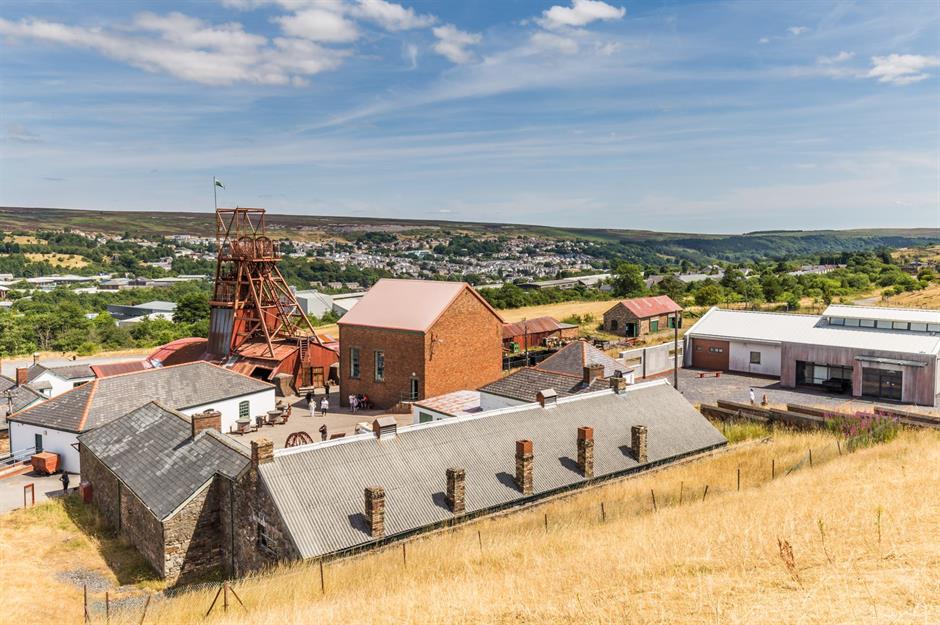
The former Big Pit Colliery is the crown jewel of Blaenavon’s historic mining landscape. The last working mine of the site until it closed in 1980, Big Pit is now a museum exploring the history of Blaenavon’s once-booming mining industry during the late 18th and early 19th century. Visitors to this South Wales site can descend 300 feet (90m) beneath the old colliery and explore its maze of subterranean passageways and tunnels that were carved out during the Industrial Revolution. Big Pit, alongside the Blaenavon area, is a World Heritage Site.
Stonehenge, Wiltshire, England
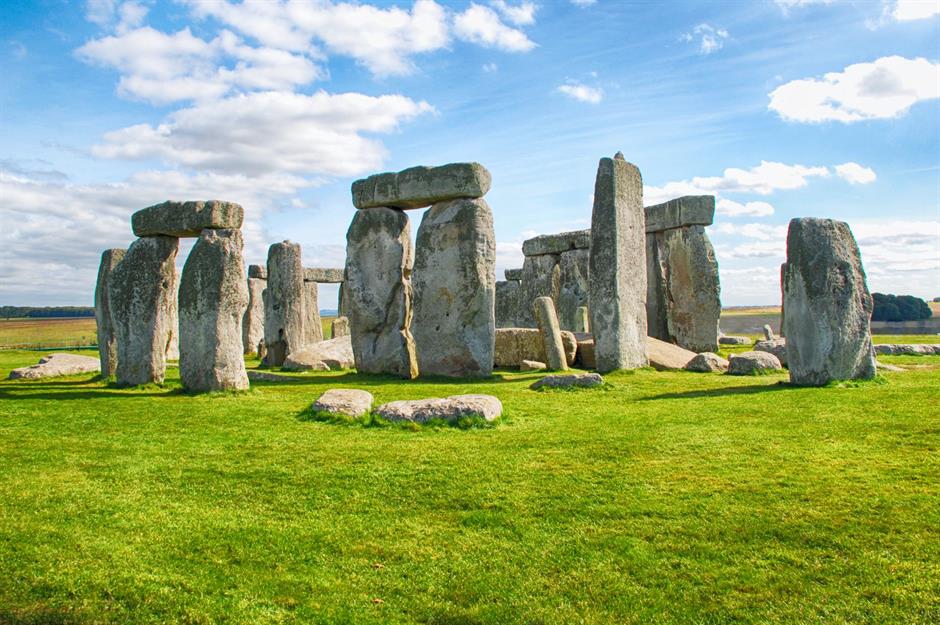
The most famous prehistoric monument in Britain, Stonehenge has been part of a UNESCO World Heritage Site along with nearby Avebury in Wiltshire since 1986. Erected in the late Neolithic period around 2500 BC, the mystery of why the mammoth stones were erected and brought here from Wales has intrigued visitors for centuries. Dramatically framing Wiltshire’s Salisbury Plain, the spectacular stone circle is one of the most breathtaking ancient attractions in the world. Its informative visitor and exhibition centre, which opened in 2013, is an excellent addition.
Discover more mysterious stone circles still baffling experts
Eden Project, Cornwall, England

Built in an old clay pit in south Cornwall, the Eden Project’s distinct geodesic domes are now a world-renowned visitor attraction. Designed by architect Sir Nicholas Grimshaw, the huge tropical garden complex first opened to the public in 2001. Today, its incredible biomes are home to thousands of different species of plants and trees from across the globe including West Africa and South America. Its biggest, the impressive Rainforest Biome, holds the largest indoor rainforest in the world, complete with waterfall and wobbly treetop bridge.
Royal Yacht Britannia, Edinburgh, Scotland
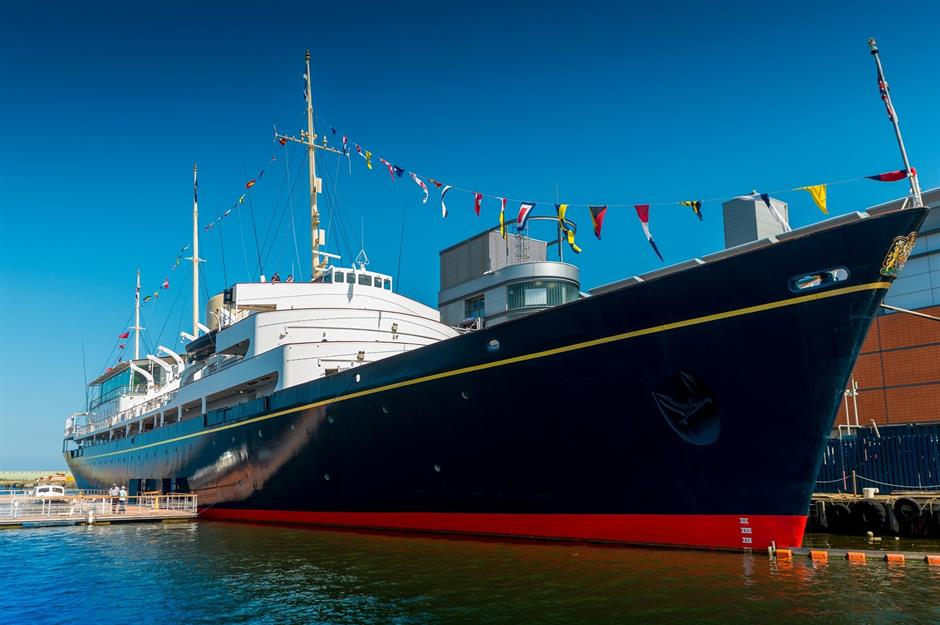
The Royal Yacht Britannia is one of the most famous ships in the world. Launched in 1953, it was the last in a long line of royal yachts, commissioned by George VI shortly before he died. The impressive vessel travelled just over a million nautical miles in service to Elizabeth II – calling at more than 600 ports in 135 countries. Many famous political leaders stepped aboard the ship, including Sir Winston Churchill, Nelson Mandela and Bill Clinton. Today, the yacht is berthed in Leith, Edinburgh and has been turned into a fascinating museum.
Hampton Court Palace, London, England
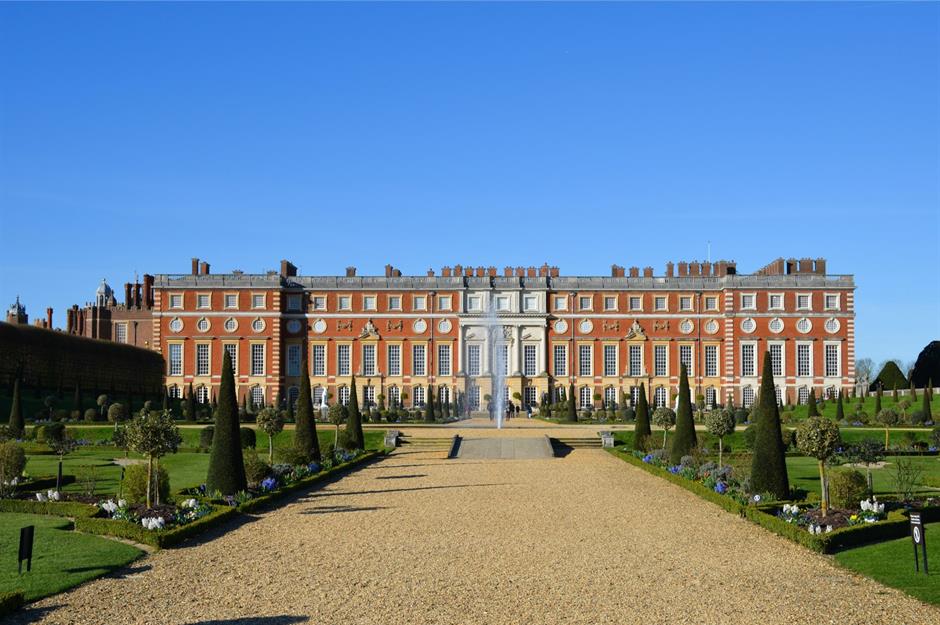
Rising above the banks of the Thames in west London, this grand Tudor estate is the former pleasure palace of King Henry VIII. Built in the early 16th century, Hampton Court was originally the home of Cardinal Thomas Wolsey until the Tudor king transformed it into an extravagant playground for entertaining. Inside, the magnificent tapestry-clad Great Hall is where the lavish banquets would take place while the Great Kitchen once served up to 1,600 meals a day. Another highlight is the palace's gorgeous gardens, home to the oldest surviving hedge maze in the UK.
Pitt Rivers Museum, Oxford, England
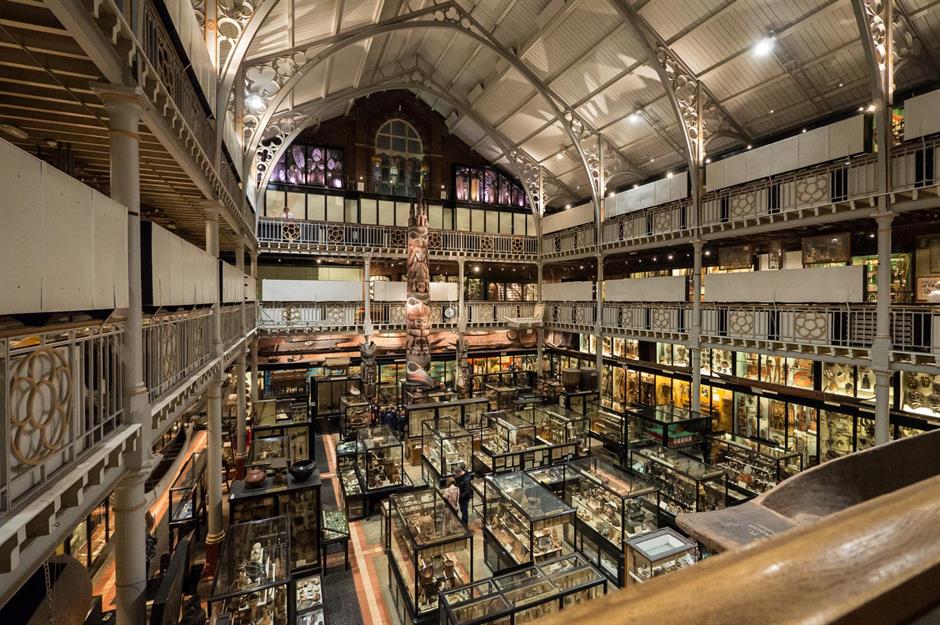
Located at the rear of the Oxford University Museum of Natural History, Pitt Rivers Museum is home to over half a million archaeological and ethnographic objects. Founded in 1884, it was named after General Pitt-Rivers who donated his extraordinary collection to the university. The absorbing museum is now home to items from all over the world, ranging from ancient amulets and charms to an impressive amount of 19th and early 20th-century photographs.
Love this? Follow our Facebook page for more travel inspiration
The Real Mary King’s Close, Edinburgh, Scotland
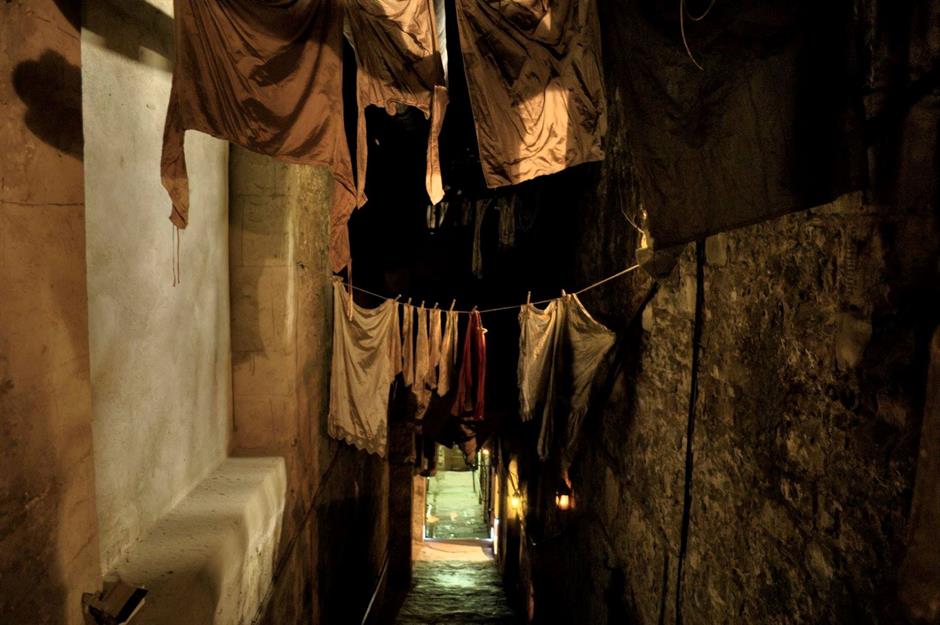
Hidden below the cobbled streets and historic architecture of Edinburgh’s Old Town lies an eerie subterranean world frozen in time. Buried following the construction of the Royal Exchange, a mysterious maze of alleys, homes and passageways make up the only preserved 17th-century street in Edinburgh. The Real Mary King’s Close has become one of the city’s most unusual visitor attractions. Pre-booking a one-hour tour of the hidden gem is essential.
Feeling brave? Check out more of Edinburgh's most haunted places to visit
V&A Dundee, Dundee, Scotland
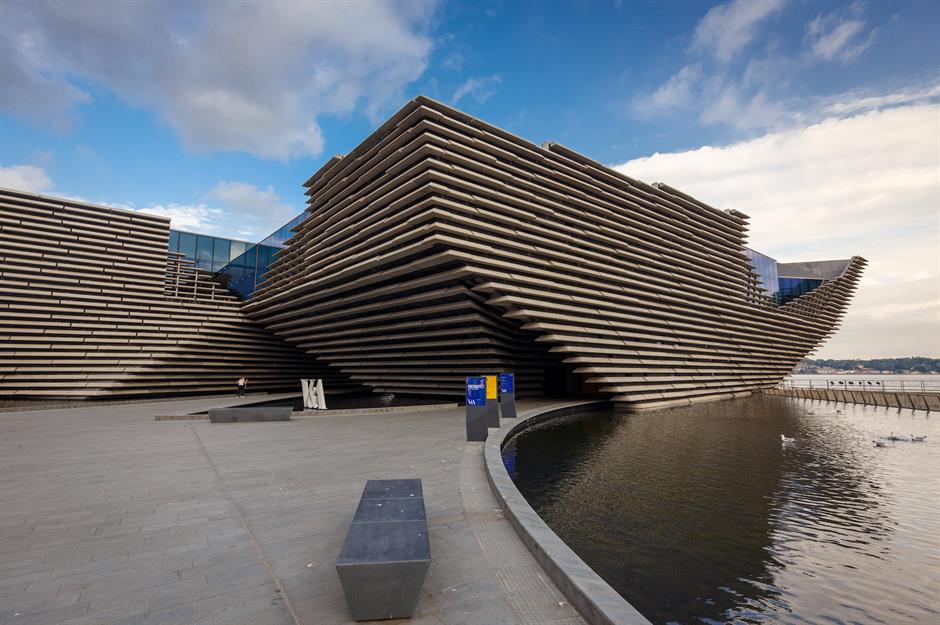
In 2018, Dundee emerged as Scotland’s must-visit arts and design destination after the V&A Museum of Design opened as part of a £1 billion ($1.12bn) waterfront regeneration. With its striking structure (the work of Japanese architect Kengo Kuma), it was the country’s first dedicated design museum. Situated right next to RRS Discovery, the ship that took Shackleton and Scott to Antarctica in 1901, the V&A Dundee is now one of the city’s top attractions with an exciting roster of exhibits and installations.
The Roman Baths, Bath, England
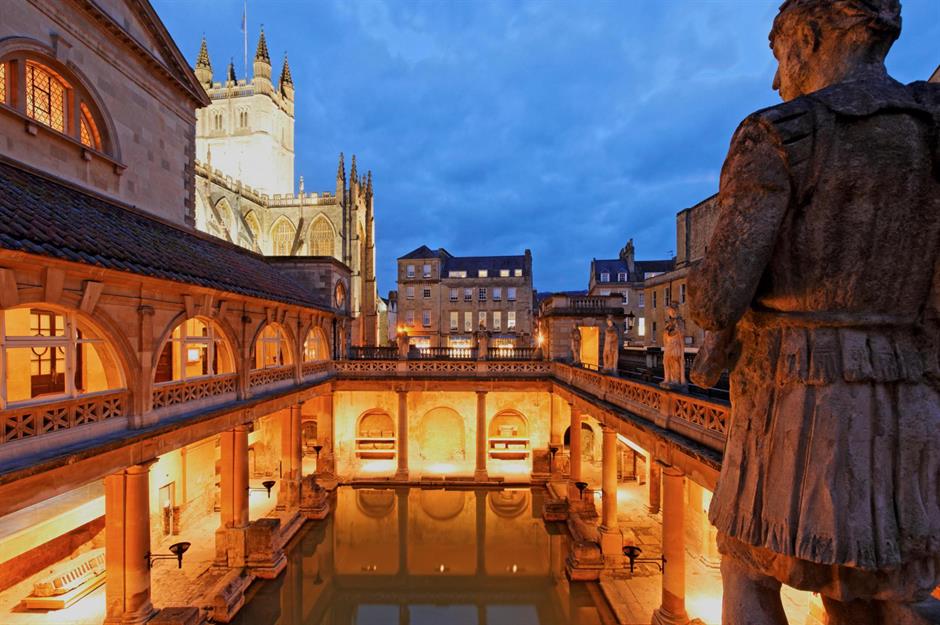
This well-preserved ancient bathing complex is the sparkling jewel of the historic city of Bath. Dating back to the 1st century AD, the baths were built around natural hot springs within a Roman settlement known as Aquae Sulis, along with a temple dedicated to the goddess of the springs Sulis Minerva. Lined with impressive columns, the ruins of the beautiful Great Bath lie in the middle of the Roman Baths complex that is now the city’s biggest attraction and earned Bath its World Heritage status in 1987.
Shakespeare's Birthplace, Stratford-upon-Avon, England
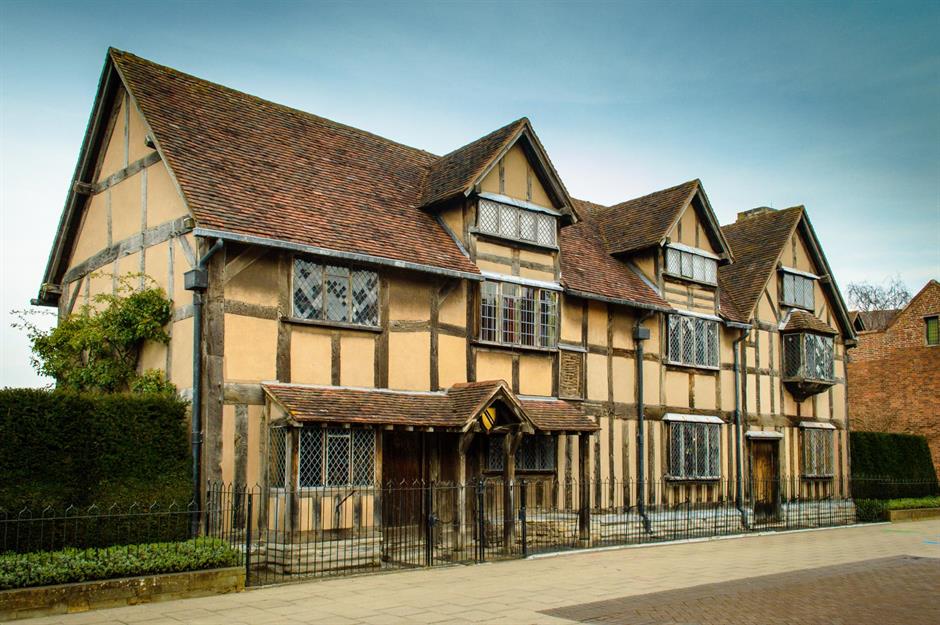
Famed for being the birthplace of England’s greatest playwright William Shakespeare, Stratford-upon-Avon is a pretty medieval market town in the West Midlands. Shakespeare’s iconic 16th-century childhood home is located near the banks of the River Avon. The half-timbered house has been beautifully restored and transformed into a museum exploring the writer’s life in the town. His grave lies in the nearby Holy Trinity Church while the revered riverside Royal Shakespeare Company is the place to see one of his enduring works performed.
Caernarfon Castle, Gwynedd, Wales
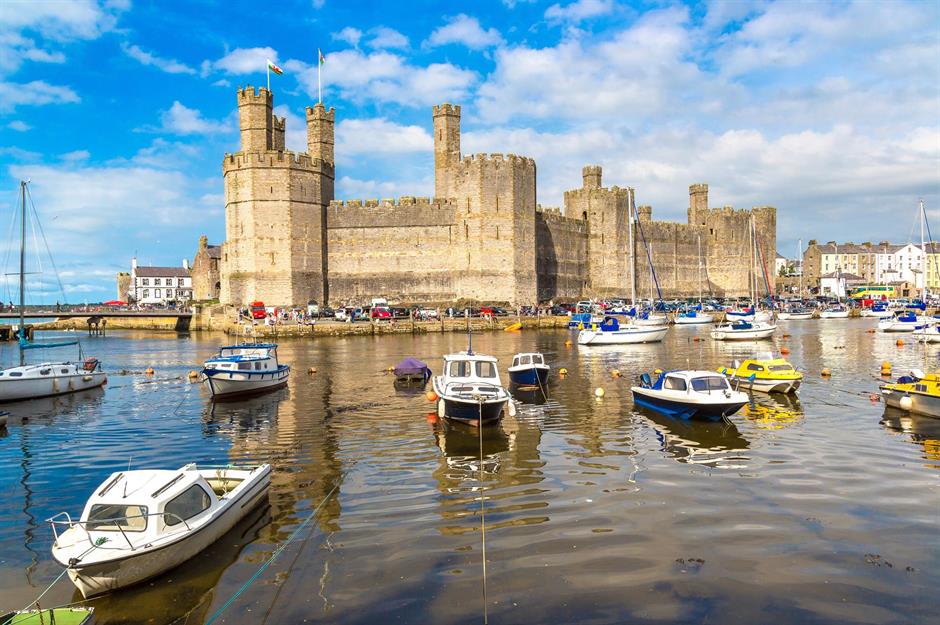
Dating back to the 13th century, this impressive fortress in the royal town of Caernarfon is one of the most beautiful castles in Wales. Built by Edward I on the Menai Strait, it took 47 years to complete alongside three other fortresses (Conwy, Beaumaris and Harlech), the sturdy town walls and quay. Considered the finest surviving examples of 13th-century military architecture in Europe, the castles and walls of Caernarfon were awarded World Heritage status in 1986. Its King's Gate is currently undergoing major development that will make it possible to enter parts of the gatehouse that have been inaccessible for centuries.
Royal Albert Dock, Liverpool, England
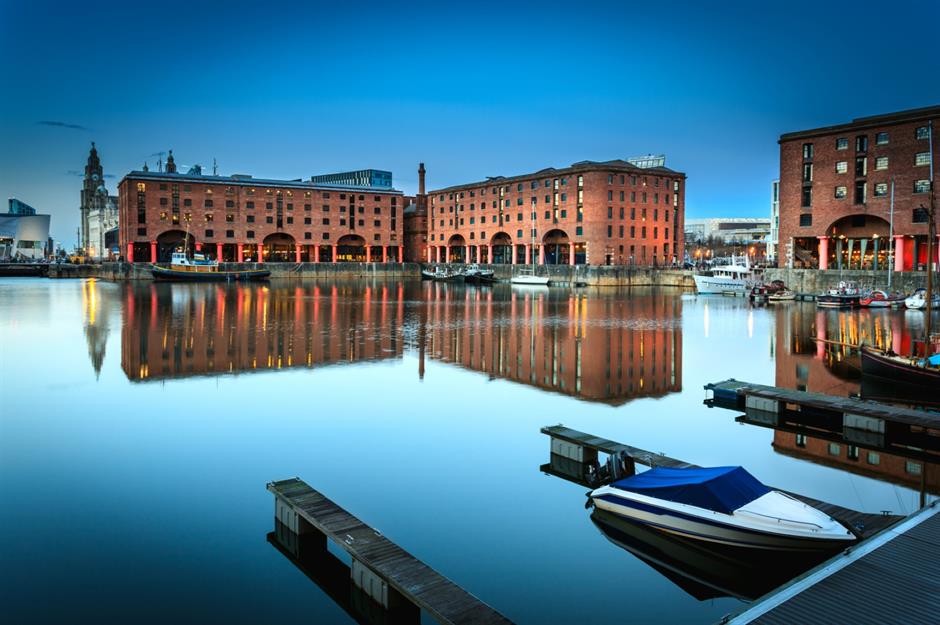
Situated on Liverpool’s world-renowned waterfront, the breathtakingly beautiful Royal Albert Dock is home to the largest collection of Grade I-listed buildings in the UK. Established in 1846, the port became one of the world’s largest trading centres and it played a huge role in the transatlantic slave trade during the 18th century. Following its closure in 1972, the dock’s old warehouses have become a vibrant cultural attraction, featuring the Tate Liverpool, Merseyside Maritime Museum and International Slavery Museum. It was, however, stripped of its UNESCO status in 2021 due to modern developments.
Edinburgh Castle, Edinburgh, Scotland
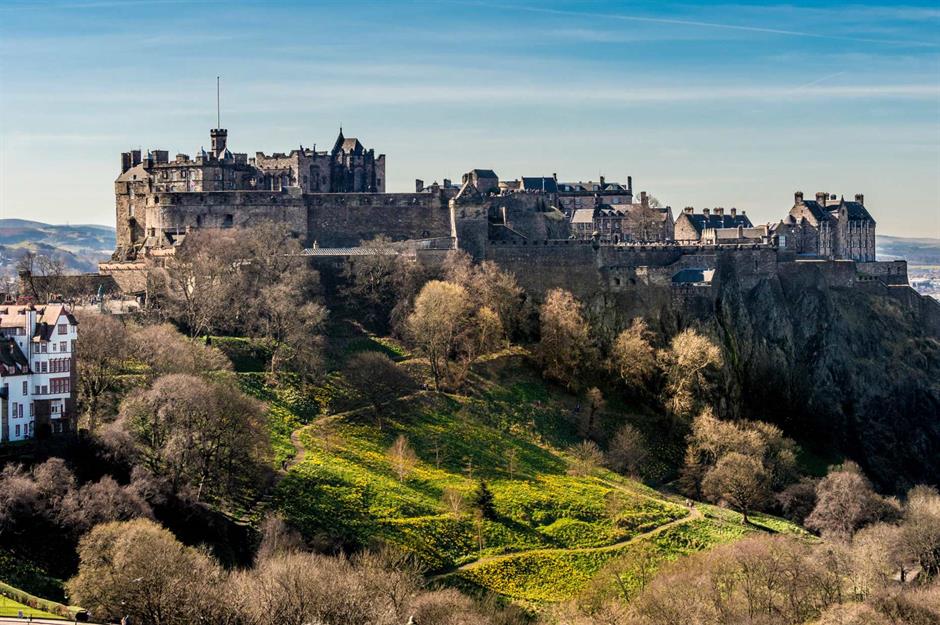
Edinburgh Castle has watched over Scotland's capital city from its lofty site on a rugged volcanic plug, Castle Rock, for centuries. Built during the 12th century by King David I, the son of Saint Margaret of Scotland, the fortress was the home of Scottish kings and queens until the union of the crowns in 1603. The castle’s St Margaret's Chapel was built by King David I in his mother’s honour and is the oldest building in Edinburgh. It is one of the country’s most popular attractions.
Coventry Cathedral, Coventry, England
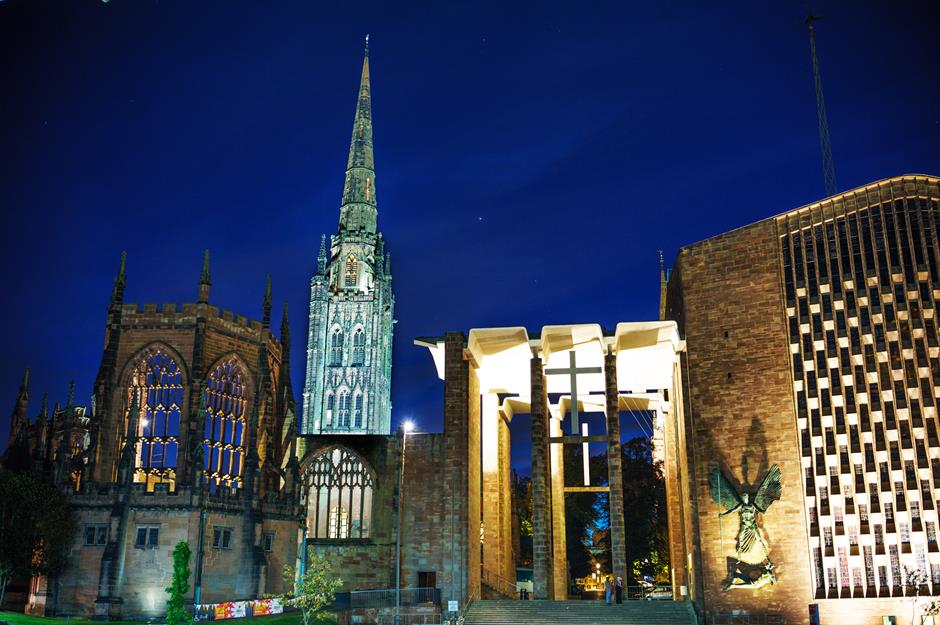
Coventry Cathedral is a wonderful amalgam of old and new: the bombed-out ruins of a 14th-century cathedral (Coventry's second, only elevated to cathedral status in 1918) and a striking post-war cathedral building built alongside it. Designed by Sir Basil Spence, the new structure was consecrated in 1962. The Baptistry Window, an enormous wall of abstract stained-glass windows, was designed by John Piper and there are many other Modernist touches throughout.
Borough Market, London, England
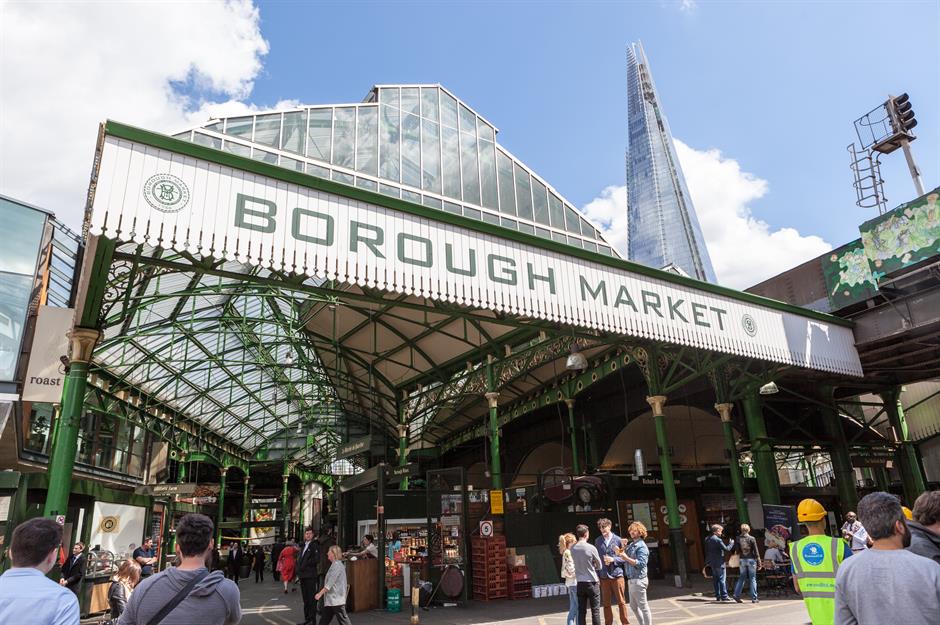
Probably the most famous food market in Britain and definitely the oldest in London, Borough Market has traded in Southwark in some form for at least one thousand years. Following the construction of the first medieval bridge sometime in the first century, the area, which helped join London with the ports and towns of the south, became popular with farmers, bakers and fishermen hoping to sell their produce to travellers. Today, the bustling marketplace, parts of which date back to 1756, is packed with British and international traders selling their wares and lined with shops, restaurants and pubs.
National Botanic Garden of Wales, Carmarthenshire, Wales
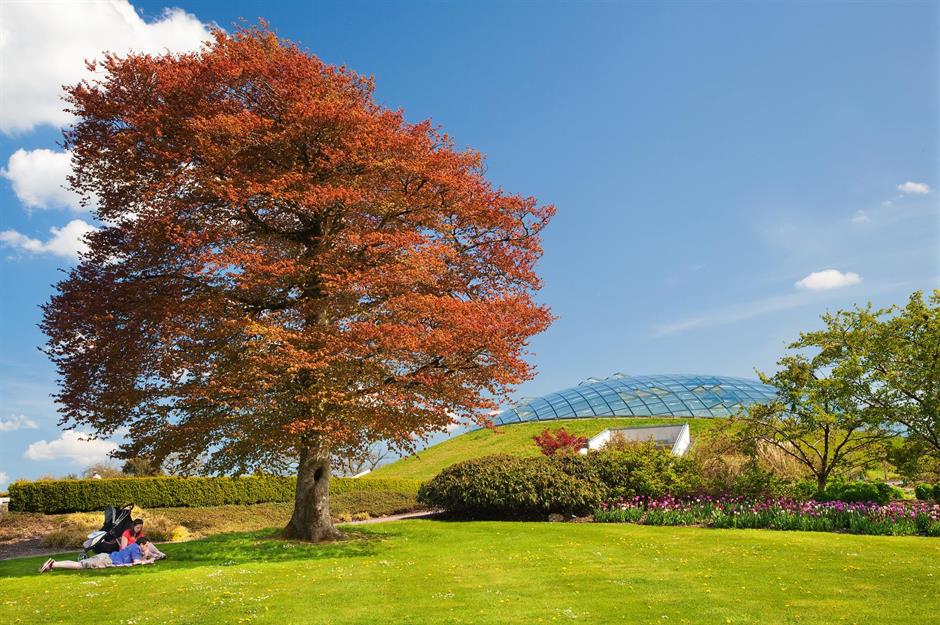
Sprawling across 560 acres of Welsh countryside, the National Botanic Garden of Wales is a truly magnificent sight. With an incredible living collection of around 6,000 varieties of plants, the garden is also a centre for botanical research and conservation as well as a leading visitor attraction. Designed by Norman Foster, its beautiful single-span glasshouse is the largest of its kind in the world and hosts endangered species from across the globe in a Mediterranean climate.
Scott Monument, Edinburgh, Scotland
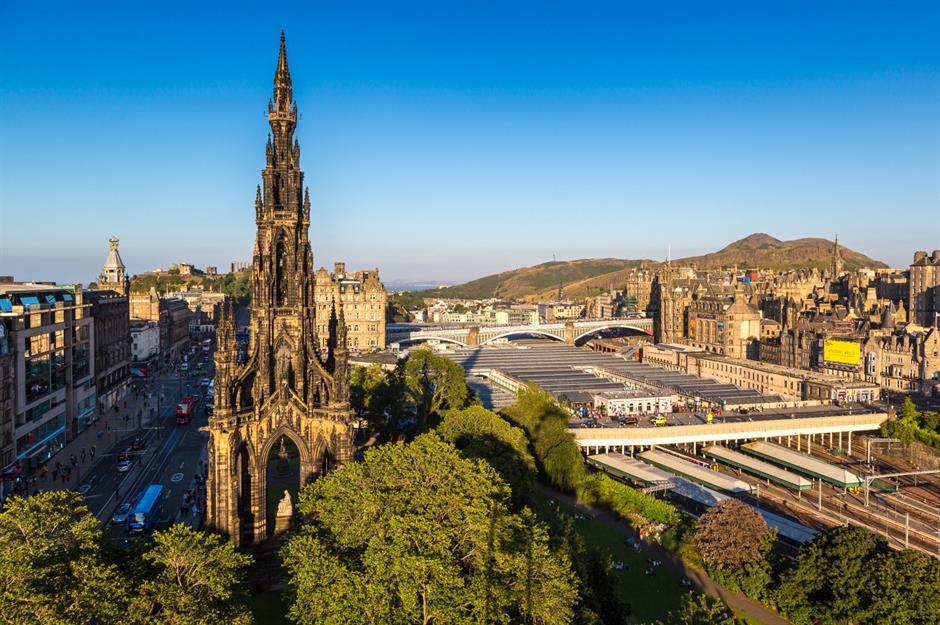
Built to honour the Scottish author Sir Walter Scott after his death, this breathtakingly beautiful Victorian Gothic monument in Princes Street Gardens is one of Edinburgh’s most recognisable attractions. Up Scott Monument’s spiral steps, there’s a museum on the first floor decorated with four magnificent stained-glass windows. While right at the very top of the monument, four viewing platforms offer soaring views across the scenic city. The monument is currently closed for post-pandemic maintenance.
Dreamland, Margate, England
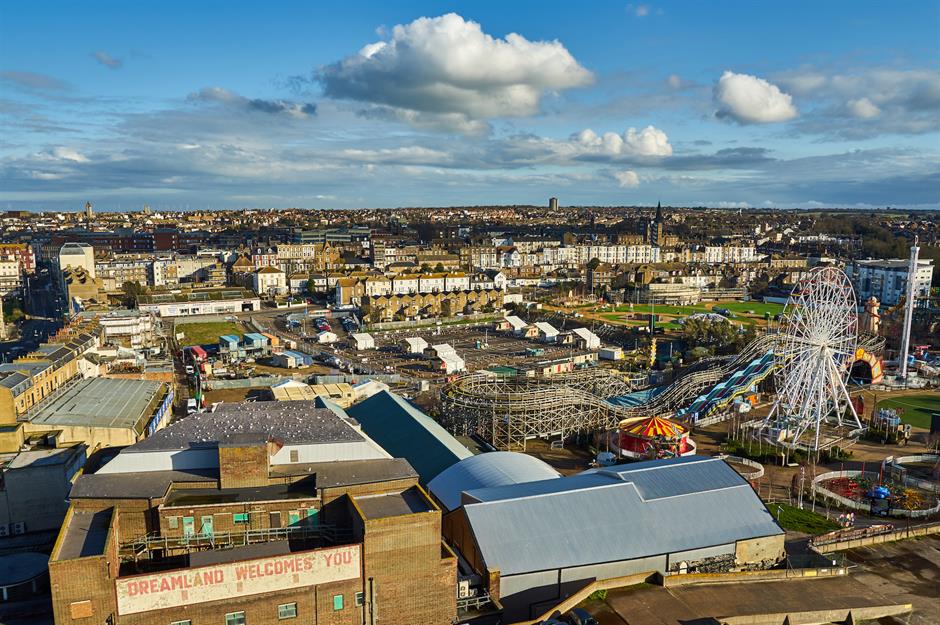
The vintage-style amusement park Dreamland on the Kent Coast is as fantastical as it sounds. The theme park site dates back to the early 1870s when it was an entertainment centre known as the Hall-by-the-Sea. In the 1920s, businessman John Henry Iles snapped it up, transforming it into an amusement park. Dreamland has retained much of its original charm. Its beloved Scenic Railway has been beautifully restored alongside other vintage rides like the Chair-O-Plane (pictured) while its Scenic Stage is a popular outdoor venue for live music and events.
Tate, England
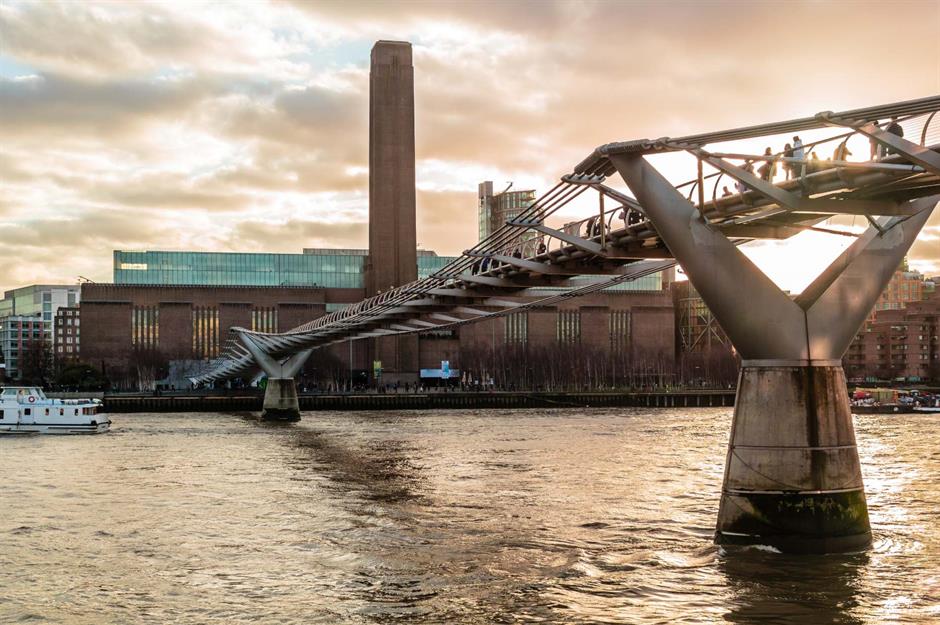
There are four Tate art galleries across Britain – the Tate Modern (pictured) and Tate Britain in London, Tate St Ives and Tate Liverpool. The history of Tate began in 1889 when industrialist Henry Tate offered his collection to the nation, and today the galleries’ main focus is on modern and contemporary art. The landmark Tate buildings are uniquely recognisable, particularly the Tate Modern which is housed in the former Bankside Power Station in London. Its turbine hall is now a dramatic visitor entrance.
St Paul's Cathedral, London, England
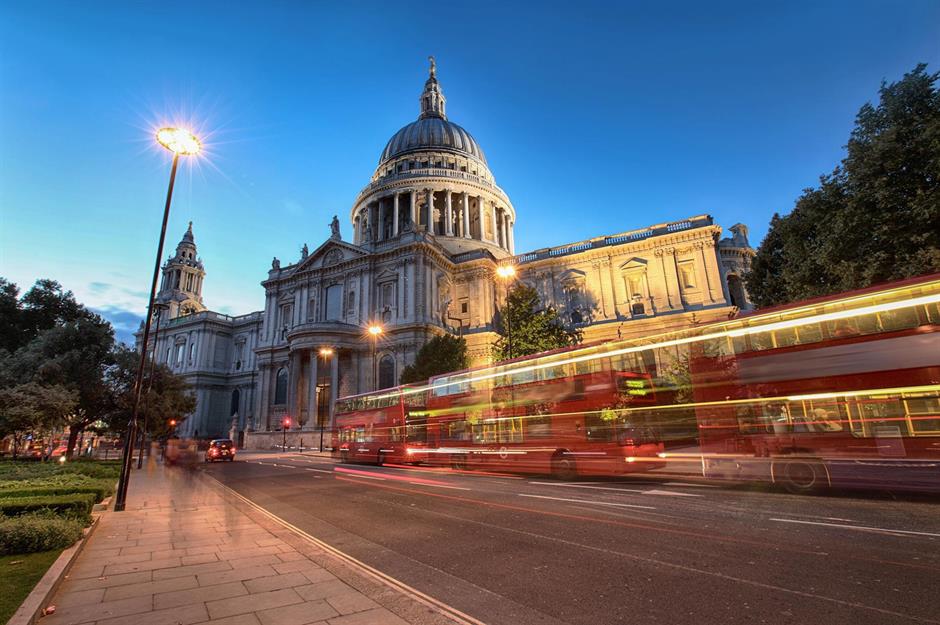
A cathedral dedicated to St Paul has stood in the highest point of the city of London for more than 1,400 years. Built between 1675 and 1710, the present St Paul’s Cathedral was designed by famous architect Sir Christopher Wren, after the Old St Paul’s was destroyed by the Great Fire of London. Today, the grand domed cathedral is one of London’s most beloved buildings. At the top, the Golden Gallery provides unbeatable cityscape views, while down below its cavernous crypt holds the tombs of Wren and Lord Admiral Nelson.
Snowdon Mountain Railway, Gwynedd, Wales

Chugging up and down the highest peak in Wales, the Snowdon Mountain Railway has been operating since 1896. The scenic steam rail journey takes passengers from the pretty town of Llanberis to Mount Snowdon’s rugged summit, climbing through some of Snowdonia National Park’s most dramatic scenery. This year, however, the railway only goes as far as Clogwyn Station, sitting three quarters up the formidable 3,560-foot (1,085m) peak. The summit station, Hafod Eryri, is closed for essential trackwork and expected to open for the 2023 season.
Cheddar Gorge & Caves, Somerset, England
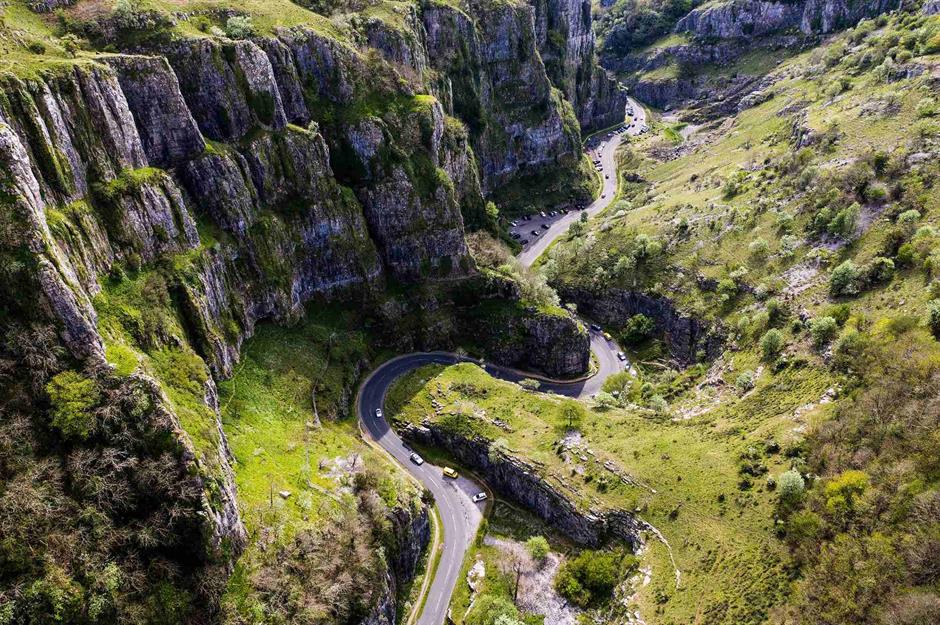
Cheddar Gorge is Britain’s biggest gorge at 400 feet deep (122m) and three miles (4.8km) long. A natural formation set within Somerset's scenic Mendip Hills, a public road runs through it and a circular walk departs from Cheddar village. The gorge’s extensive cave system formed in the Ice Age and it's possible to visit these unfathomably ancient caverns on tours, including Gough's Cave where the so-called Cheddar Man, the oldest complete skeleton ever found in Britain, was discovered. It's now in London's Natural History Museum. You can also sign up for rock climbing activities.
Glenfinnan Viaduct, Inverness-shire, Scotland

Located in the Highlands, the Glenfinnan Railway viaduct is one of Scotland’s most famous landmarks. Completed in the early 20th century, the 1,000-foot-long (305m) bridge stretches across the River Finnan near Fort William. With its spectacular setting, the historic structure has featured in numerous Harry Potter films, pictured with the Hogwarts Express trundling across it. In real life, the Jacobite Steam Train loops between Fort William and Mallaig, crossing the viaduct.
Smallest House in Britain, Conwy, Wales

Britain’s tiniest house can be found hidden along a terrace of houses in the Welsh market town of Conwy. Measuring just 72 inches wide (183cm) and 122 inches high (310cm), the adorable bright red house was occupied up until 1900 by a fisherman. Since then, it has operated as a popular, off-the-wall tourist attraction.
Whitworth Art Gallery, Manchester, England
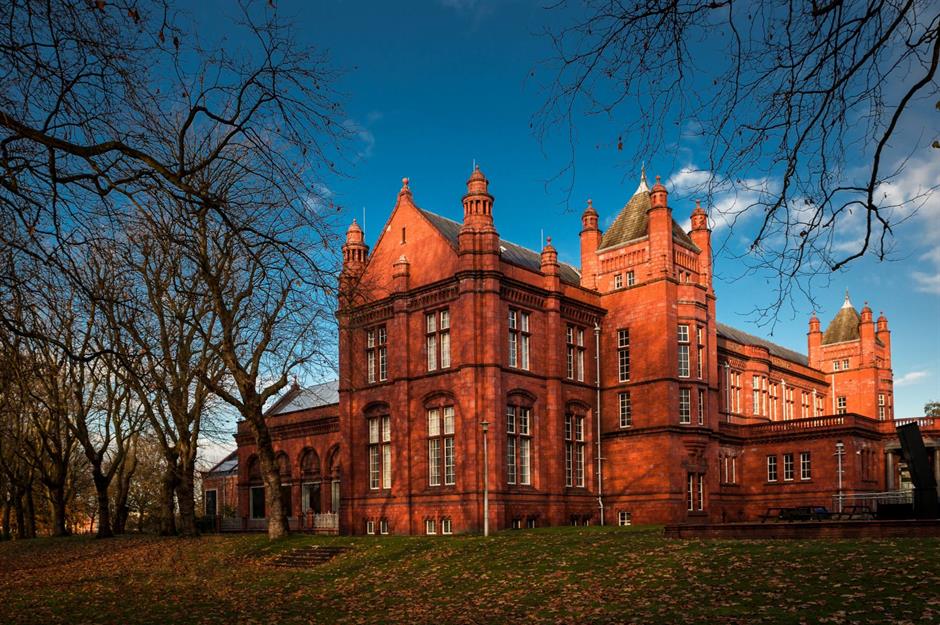
Surrounded by gorgeous parkland, Manchester's Whitworth Art Gallery was the first English gallery to open in a park when it was founded in 1889. It was created in memory of industrialist Sir Joseph Whitworth for “the perpetual gratification of the people of Manchester”. Now part of the University of Manchester, the gallery underwent a £17 million ($19m) redevelopment in 2015 which doubled its exhibition space. Its peaceful art garden, pretty sculpture terrace and café at treetop level make the Whitworth a city favourite.
Chatsworth, Derbyshire, England
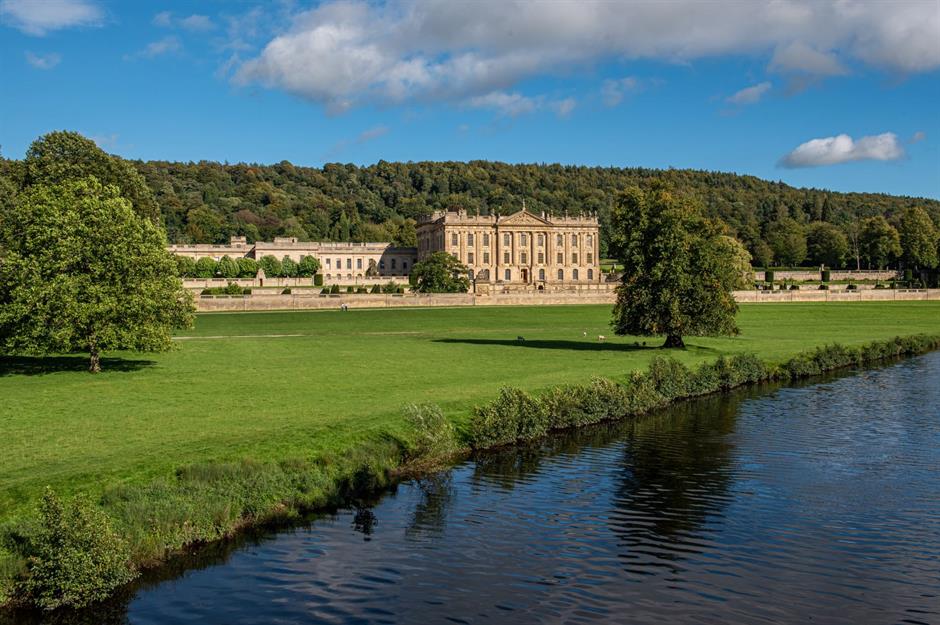
Set in England’s picturesque Peak District, Chatsworth House is one of the UK’s most impressive country houses. First constructed during the 1500s, the original Tudor mansion was rebuilt during the late 17th century by the first Duke of Devonshire who created the current Baroque mansion. Now the home of the 12th Duke of Devonshire and his wife Amanda, Duchess of Devonshire, the stately pile has been passed down for 16 generations. It’s possible to explore parts of the house, gardens and the 1,000-acre park, which sits on the banks of the River Derwent. Don’t miss a snoop around its farm shop, stuffed with produce from the Chatsworth Estate and its tenant farms.
Glastonbury Tor, Somerset, England
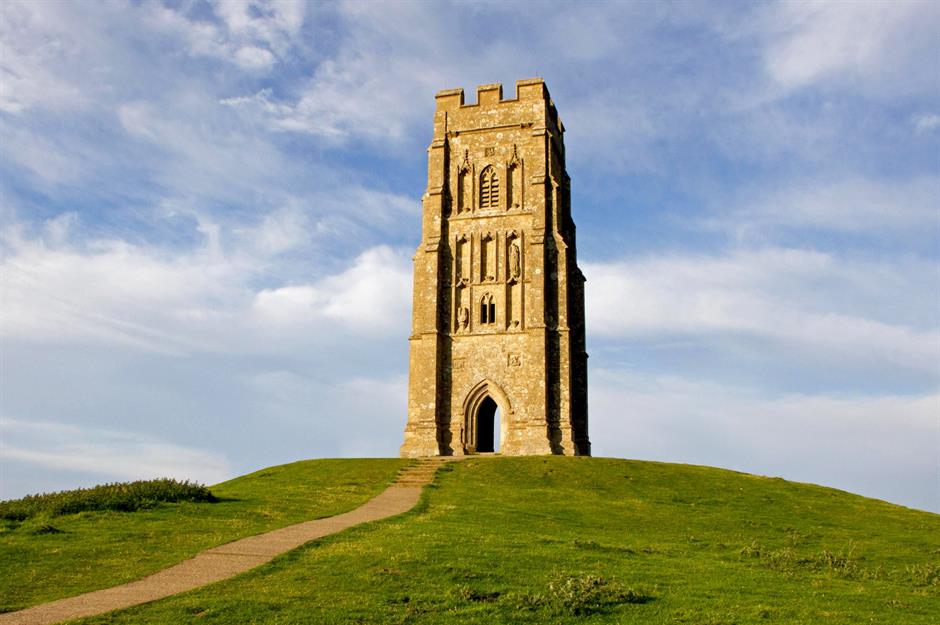
Overlooking the Somerset Levels, Glastonbury Tor is one of Britain’s most spiritual sites, drawing pagans and Christians for over one thousand years. The mysterious mound is steeped in myths and legends. Some say a secret cave lies beneath the hill, where it’s possible to pass through into the fairy realm of Annwn. Other tales claim the holy grail is hidden here while stories link the Tor to King Arthur, believing he was buried here. Today, the lonely tower of the 14th-century church of St Michael looms on its grassy summit.
Abbey Road, London, England
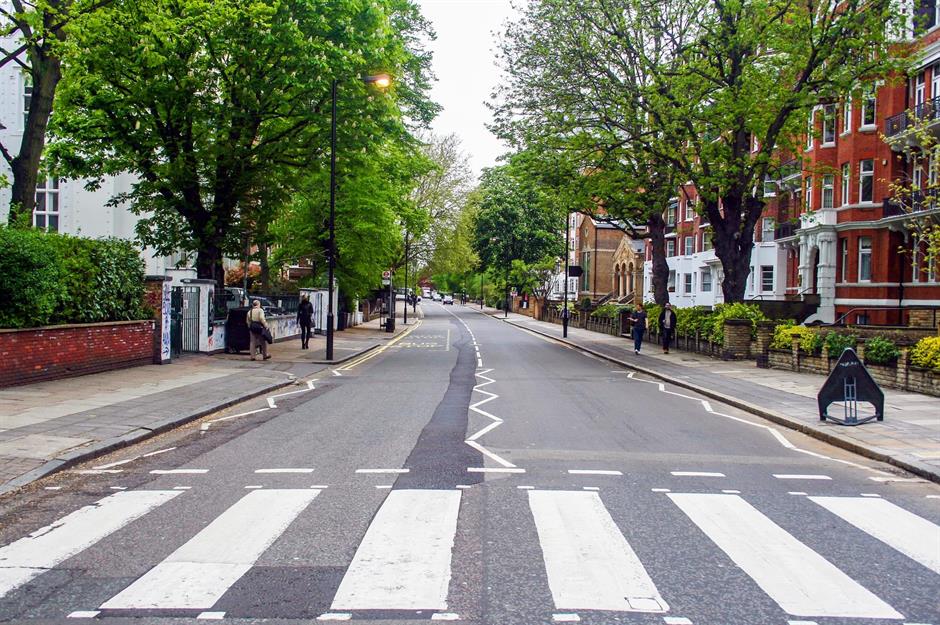
Arguably the world’s most iconic road sign, this zebra crossing on a leafy street in northwest London is instantly recognisable by music fans around the world. The crossing rose to fame when The Beatles featured it on the cover of their 1960s album Abbey Road – the nearby studio they recorded the album in was renamed Abbey Road Studios in its honour. Since then, the crossing has been given Grade II-listed status and attracts tourists from all over the world who come to recreate the famous image of the Fab Four striding across the road.
Yorkshire Sculpture Park, Wakefield, England
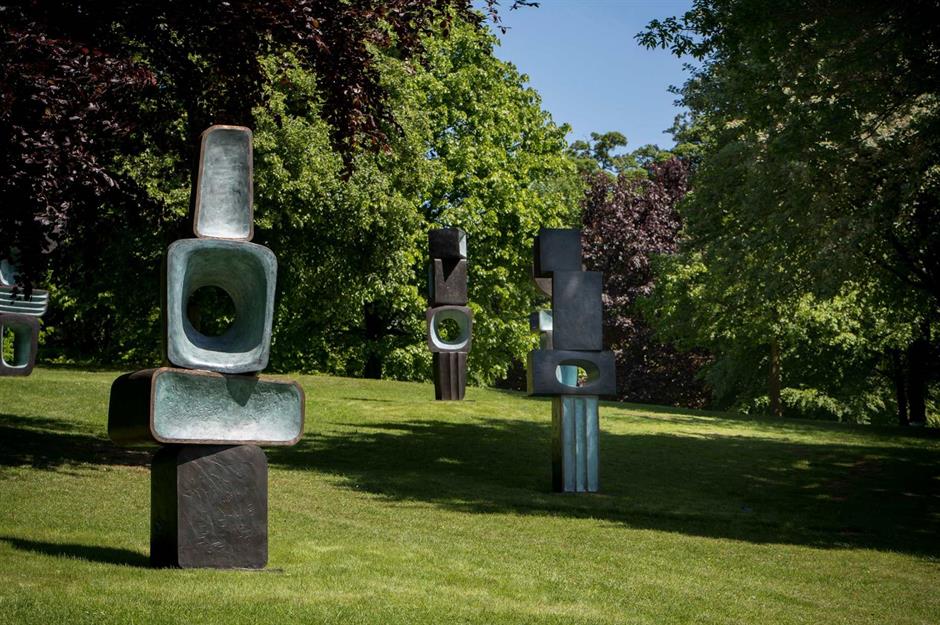
Just outside Wakefield, the Yorkshire Sculpture Park boasts more than 80 outdoor sculptures and installations set within 500 acres of beautiful parklands and woods. Stroll around to find works by the likes of Barbara Hepworth (pictured), Henry Moore, David Nash and Damien Hirst. Don't miss its indoor galleries, including The Weston, which hosts a changing programme of world-class artworks as well as a shop and lovely light-filled modern British restaurant, featuring plenty of Yorkshire produce.
Inspired to visit? Check out how to spend a whole weekend in Wakefield here
St Davids Cathedral, Pembrokeshire, Wales
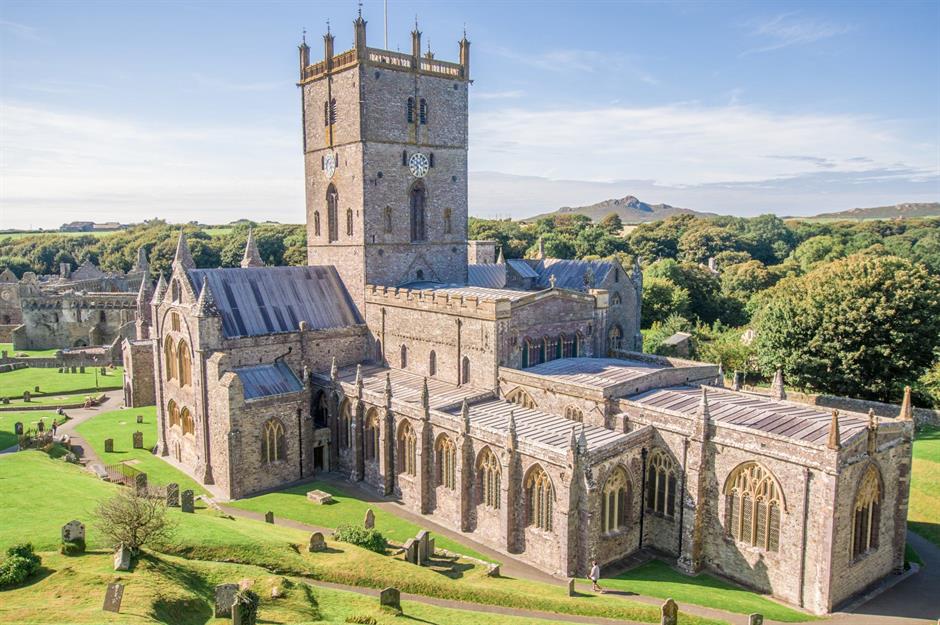
Rising above the tiny city of St Davids on a picturesque peninsula in Pembrokeshire, this glorious cathedral is one of the greatest religious sites in Wales. A place steeped in history, the present 12th-century structure stands where St David, the patron saint of Wales, founded a monastery around AD 600. With its intricate architecture, historic artworks and magnificent chapel, St Davids Cathedral is a real highlight of a visit to Britain’s smallest city.
The Kelpies, Falkirk, Scotland

These breathtaking 100-foot-high (30m) stainless steel statues in Scotland are the largest equine sculptures in the world. Created by artist Andy Scott, The Kelpies were modelled on two real-life Clydesdale horses, named Duke and Baron. The sculptures sit within The Helix, a green space created in 2003 to connect the communities in Falkirk. Considered an incredible feat of engineering, The Kelpies have become one of the most famous outdoor installations in the UK.
Check out the world’s most jaw-dropping sculptures and statues
Hadrian's Wall, Cumbria and Northumberland, England
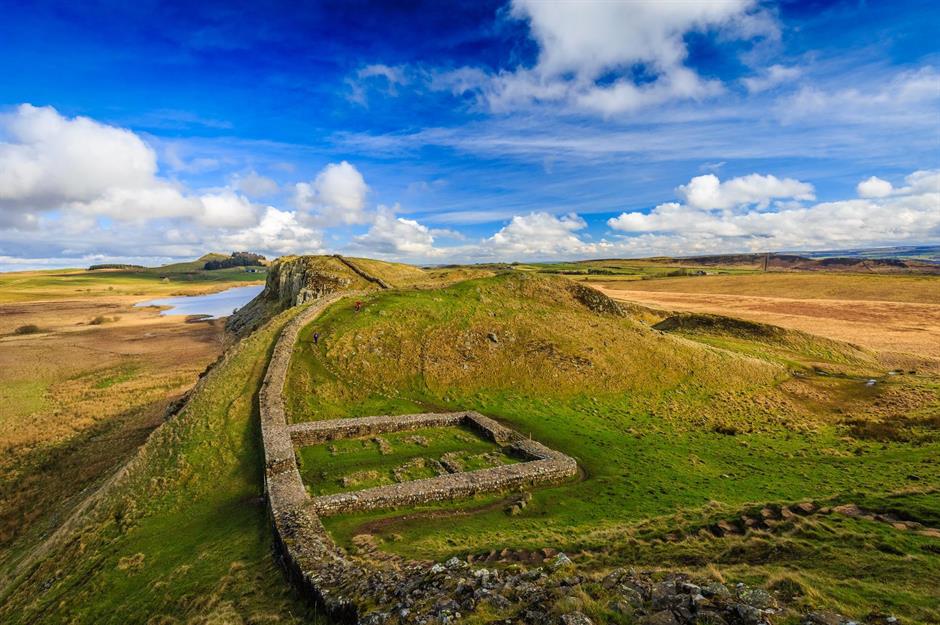
In AD 122, Roman emperor Hadrian ordered this epic stone wall to be built to protect Roman civilisation from the Barbarians in the north. The impressive wall once trailed a staggering 73 miles (129km) from coast-to-coast in the north of England and it is without a doubt the most impressive Roman structure in Britain. As well as the wall itself, various forts, milecastles, barracks and settlements with museums exploring the history of the Roman Empire are dotted along the former northern frontier. Housesteads is the most complete Roman fort in Britain.
York Minster, York, England
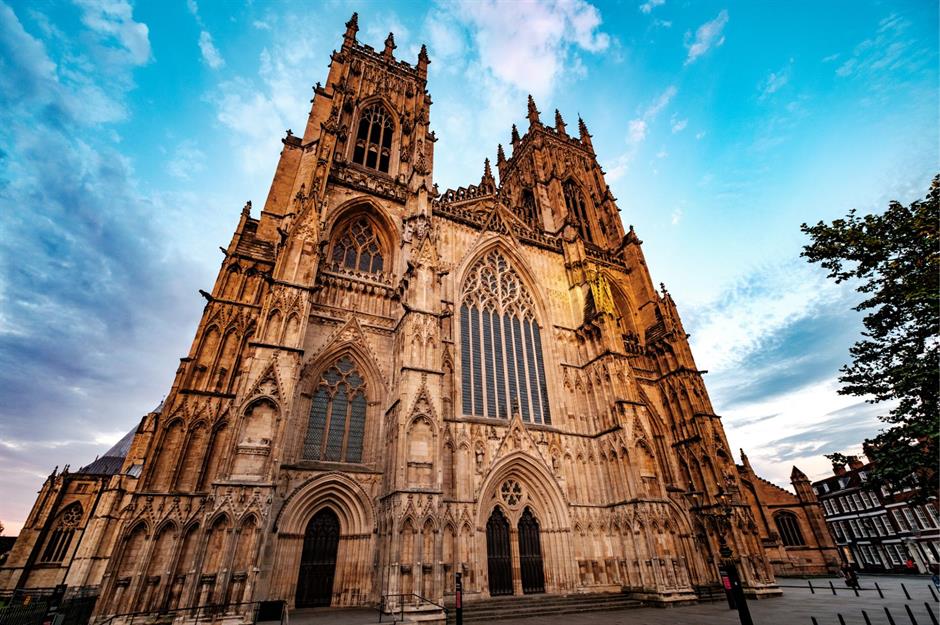
Standing majestically over York's narrow, historic streets, York Minster is one of the most impressive cathedrals in England. Known as the largest medieval cathedral in northern Europe, the Gothic structure is famed for its ornate stonework and stunning stained-glass windows. Its grand 15th-century Great East Window is the largest example of medieval stained glass in the world. Looming over the ancient walled city, its mighty central tower boasts spectacular views across the northeast. You just need to climb up 275 steps to admire them.
Fourth Plinth, London, England
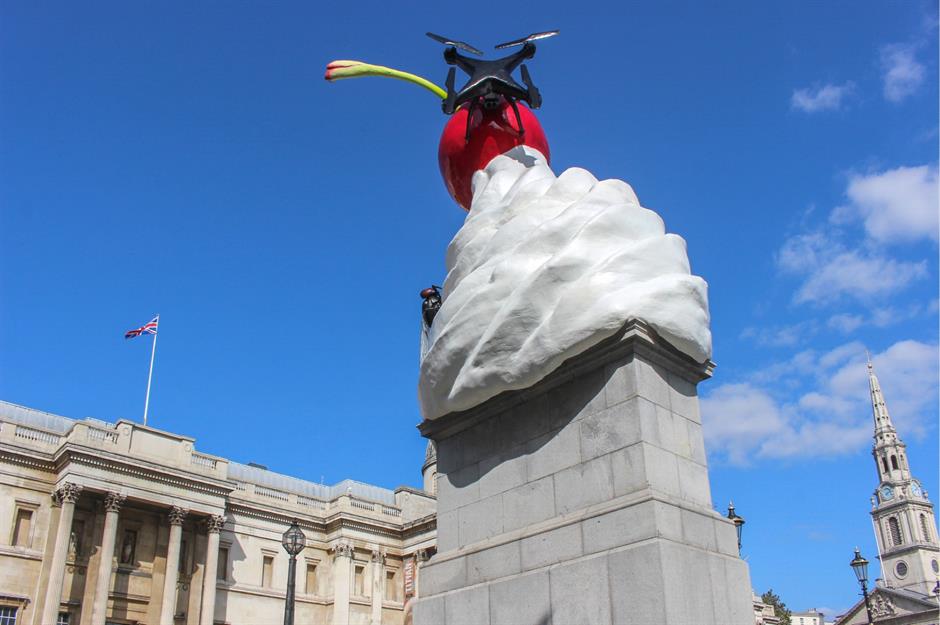
Trafalgar Square's fourth plinth remained empty for 150 years – it was meant to feature a bronze statue of William IV but funds sadly ran out. The other three plinths depict statues of military officers Henry Havelock, Charles James Napier and King George IV. In 1998, the Royal Society of Arts launched the Fourth Plinth Project and the platform has hosted a range of contemporary artwork ever since. Heather Phillipson’s The End has been on display since July 2020. There have been reports that it could be the site of London’s first statue of Queen Elizabeth II, but this is yet to be confirmed.
Laverstoke Mill, Hampshire, England
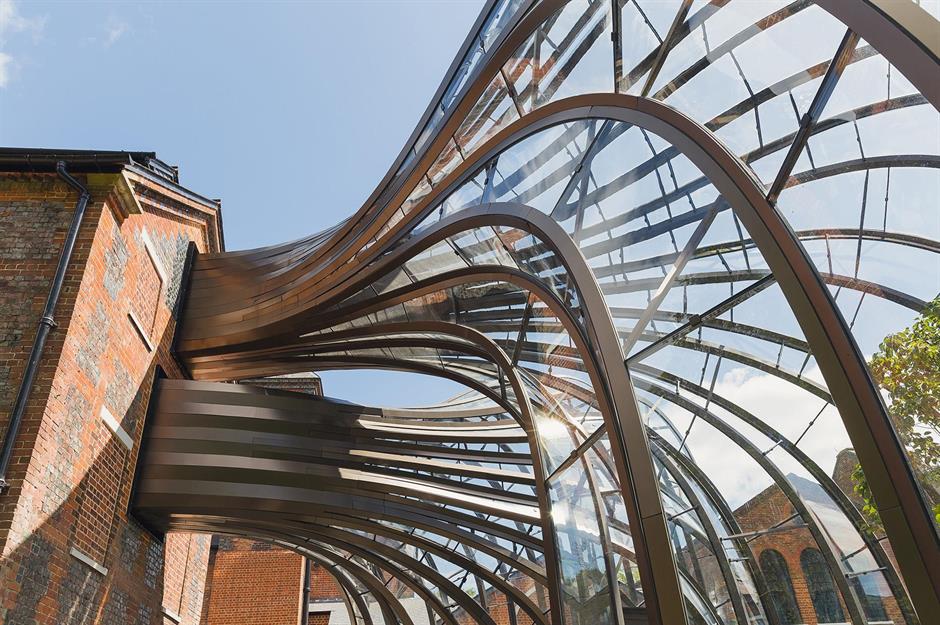
There has been a mill in rural Laverstoke in northwest Hampshire since 1086, according to the Domesday Book. The mill was once under the ownership of William the Conqueror and even King Henry VIII enjoyed four royal visits there during his reign. Since 2010, the town’s former paper mill has been the site of the Bombay Sapphire Distillery. Its Mediterranean Glasshouse was a superb 21st-century addition to the historic mill complex, which is used to grow the botanicals for the gin. The distillery is open for pre-booked tours and experiences.
Zip World Slate Caverns, Gwynedd, Wales
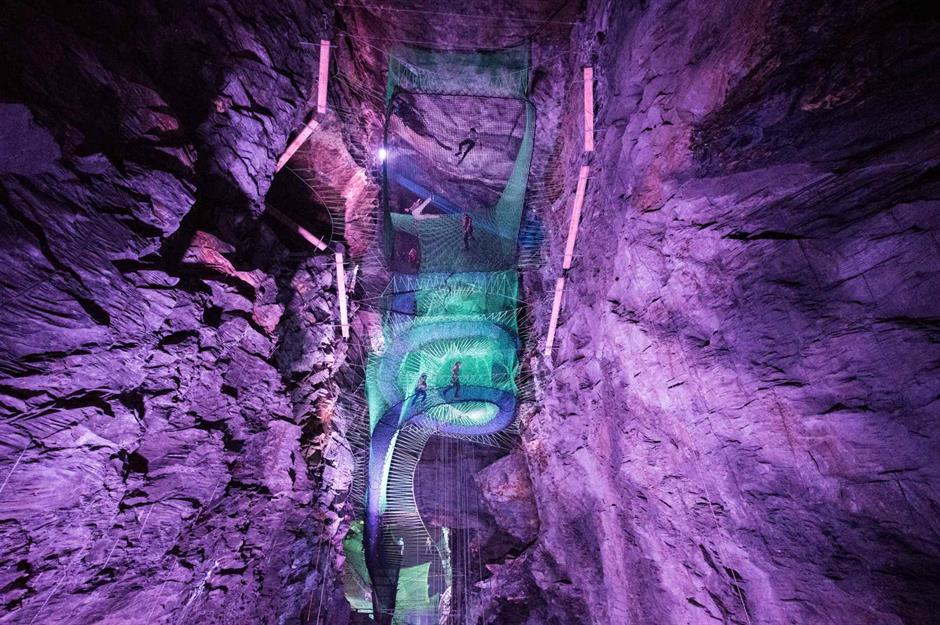
Deep within the mountains of Snowdonia National Park in north Wales, lies Zip World Slate Caverns. This subterranean playground has set up in an old slate quarry and features a trampoline park called Bounce Below (pictured); a mine tour that takes passengers 500-feet-deep (152m) into the man-made caverns; Titan 2, a tour and zipline experience; and Caverns, an underground assault course. First quarried by the Romans, Wales once extracted half a million tonnes of slate from mines like this one every year and exported it all over the world.
Aerospace Bristol, Bristol, England

Bristol is awash with aeronautical history: the supersonic passenger jet was largely developed here and all the UK Concordes made their maiden flight from the city’s runway. Aerospace Bristol, a state-of-the-art museum dedicated to Britain’s airspace heritage and innovation, opened its doors in 2017. It explores the history of aviation in Britain to the present day through a variety of interactive displays and exhibits including planes, helicopters and satellites. Its centrepiece is the Concorde Alpha Foxtrot, the last supersonic jet to ever be built and the last to fly in 2003.
Stirling Castle, Stirling, Scotland
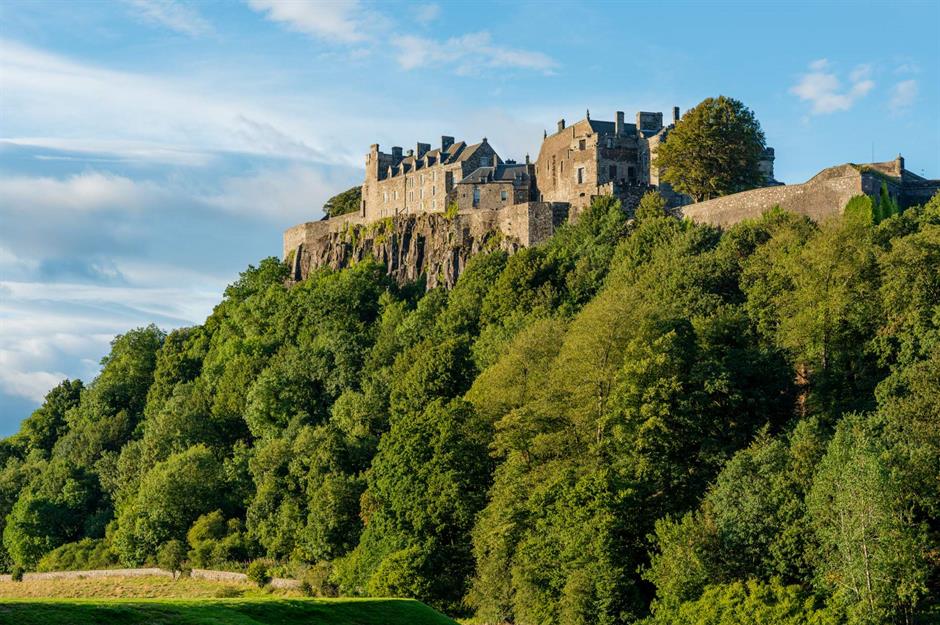
One of Scotland’s largest and most important castles, this ancient stronghold sits atop Castle Hill, a vast volcanic rock in Stirling overlooking the River Forth. Dating back nearly one thousand years, Stirling Castle has a long history of conflict – during the Wars of Scottish Independence, the castle changed hands eight times in just 50 years. It also has royal roots as the childhood home of Mary Queen of Scots and James VI and I. Notable sights include the beautiful Royal Palace, one of the best-preserved Renaissance buildings in the UK and the magnificent Great Hall, the largest banqueting hall of its kind in Scotland.
Black Country Living Museum, Dudley, England
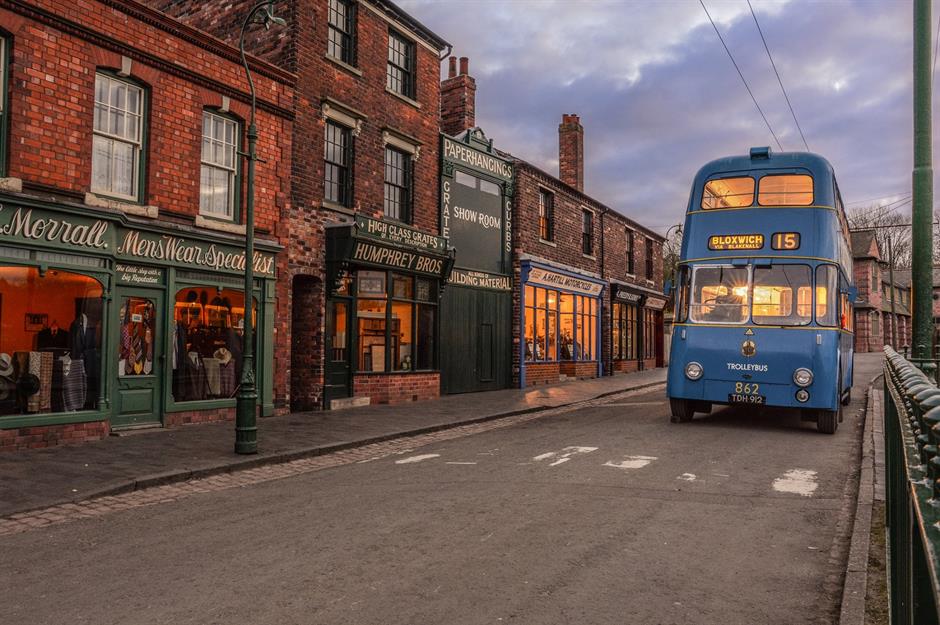
The Black Country in the West Midlands is one of the first industrial landscapes in the world, and this fantastic living museum in Dudley explores its history. Stretching across 26 acres, the Black Country Living Museum is an evocative recreation of a historic mining village – including houses, shops, trams, a mine and a cinema that shows silent films from the 1920s. With its impressive size and impeccable attention to detail, the museum has featured as a location in various films and TV shows including the BBC drama, Peaky Blinders, starring Cillian Murphy. Fans should time their visit for its special Peaky Blinders nights.
Kelvingrove Art Gallery & Museum, Glasgow, Scotland
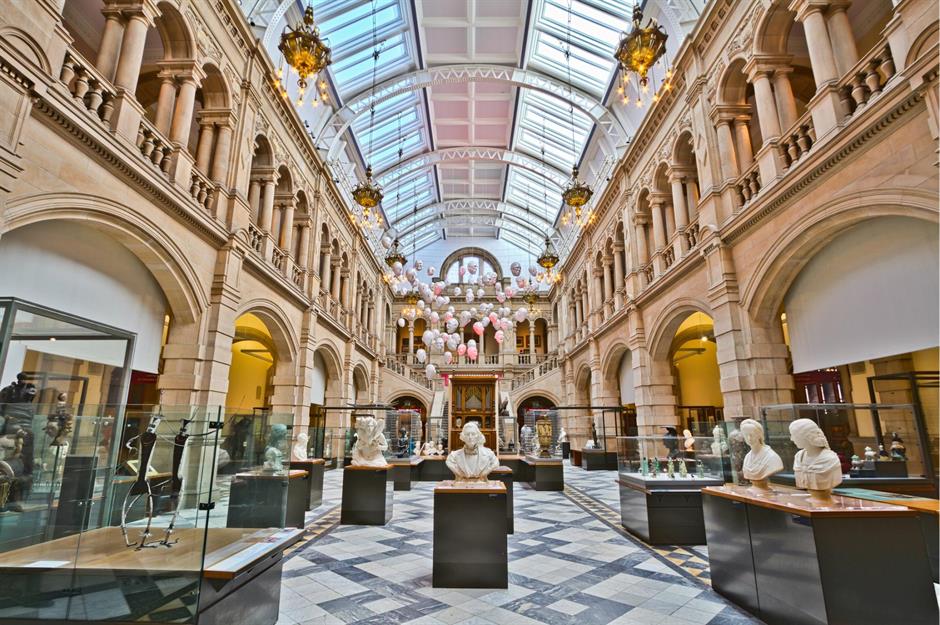
The Kelvingrove Art Gallery and Museum has been a firm favourite in Glasgow since it opened in 1901 and remains one of Scotland’s most popular free attractions. Inside its stunning Spanish Baroque building lies one of the greatest art collections in Europe spanning thousands of years. Highlights from the collection include Rembrandt’s ‘Man in Armour’ and ‘Christ the Adulteress’ by Titian along with works by Salvador Dalí and Vincent van Gogh. It’s also a good place to learn about Glasgow’s own Charles Rennie Mackintosh.
The Needles, Isle of Wight, England
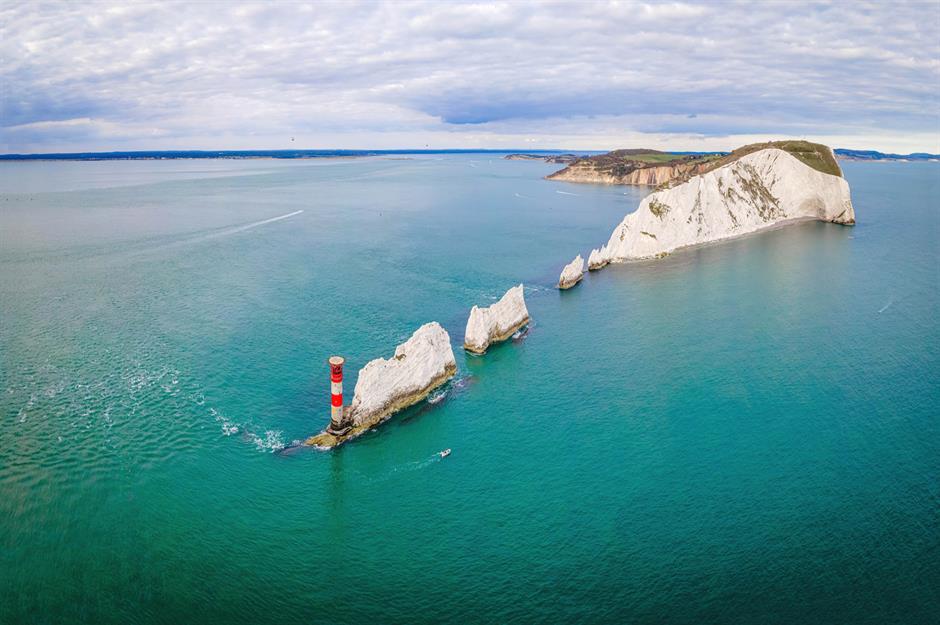
The unmistakable chalk stacks that puncture the sea at the furthest western point of the Isle of Wight are the Solent isle’s best-known attraction. The Needles Chairlift is the ultimate way to ogle the natural feature, taking visitors down the pretty multicoloured sand cliffs of Alum Bay to the beach, providing picturesque views of the famous landmark along the way. Built in the mid-19th century, the Isle of Wight’s famous red-and-white striped Needles Lighthouse soars over the end of the furthest stack and is an impressive sight.
The Hepworth Wakefield, West Yorkshire, England
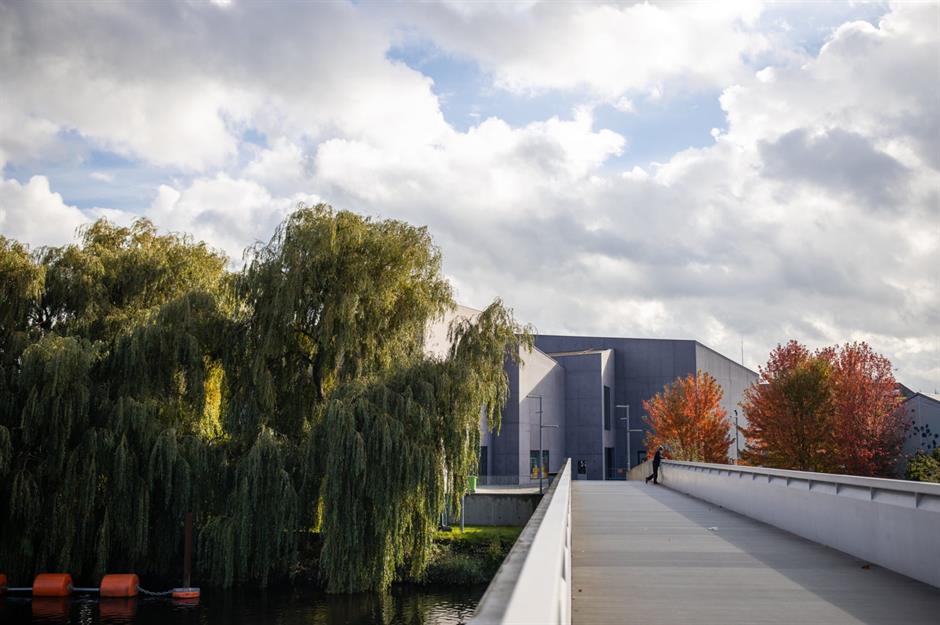
Stretching across 65,000 square feet (6,000sqm) in Wakefield, this internationally renowned contemporary art museum is the UK’s largest purpose-built gallery. Opened in 2011, The Hepworth Wakefield was designed by David Chipperfield Architects and named after the esteemed sculptor Barbara Hepworth, who was born in the West Yorkshire city. The stunning space showcases an important permanent collection of key works by an array of leading British artists, including Hepworth and Henry Moore. Its garden, designed by acclaimed landscape architect Tom Stuart-Smith, is free to visit.
Tintern Abbey, Monmouthshire, Wales
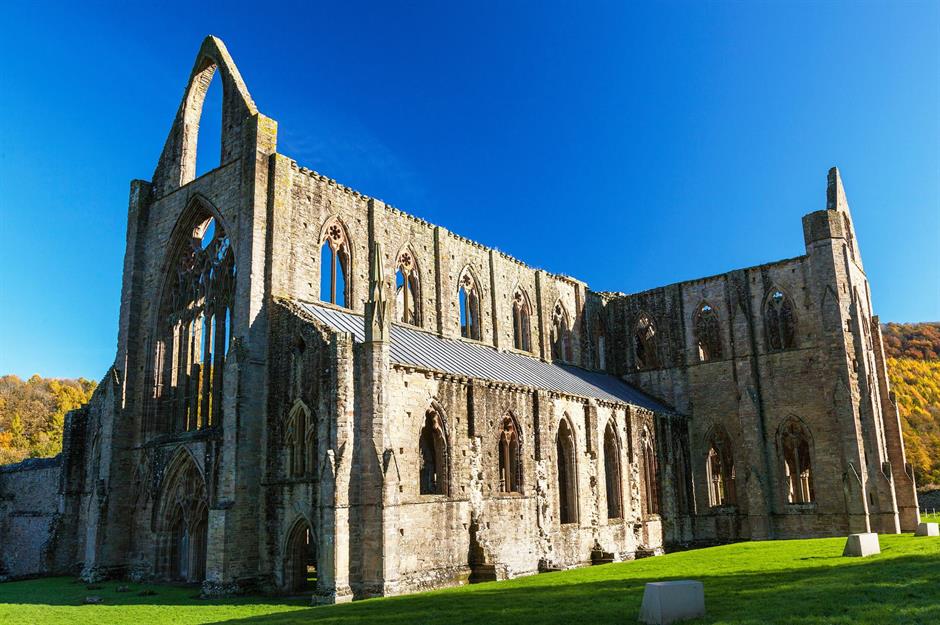
Considered a Gothic masterpiece, the atmospheric ruins of Tintern Abbey sit on the Welsh bank of the River Wye in Monmouthshire. Founded in 1131 by Cistercian monks, the once bustling monastery fell into ruin after the Dissolution of the Monasteries by Henry VIII in the 16th century. Since then, its beautiful ivy-covered shell has become one of Britain's most romantic ruins and has inspired works by many artists and writers including English poet William Wordsworth in his poem Lines Written a Few Miles above Tintern Abbey.
London Eye, London, England
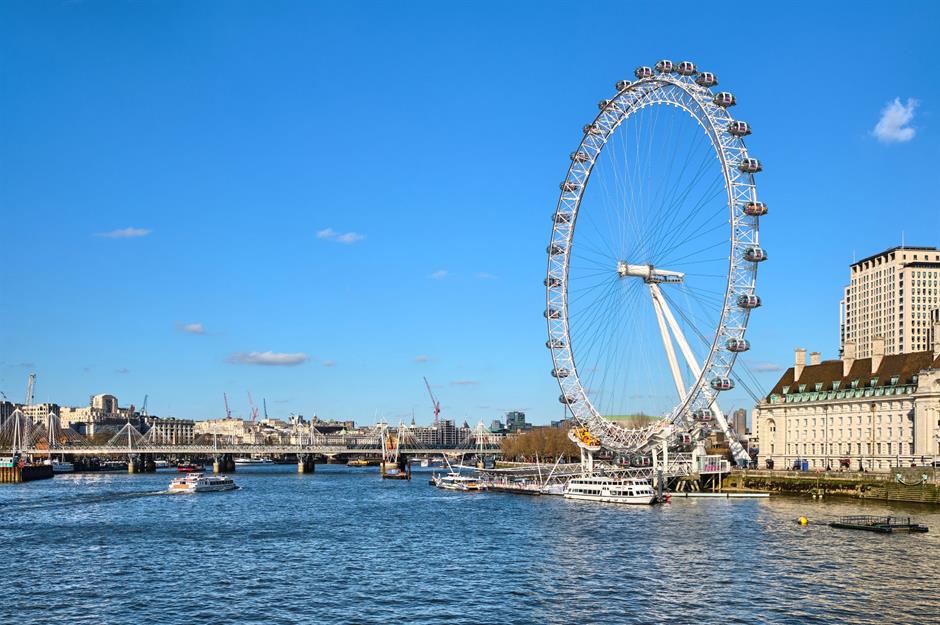
Sat on London’s South Bank just in front of County Hall, the London Eye has been an integral part of the capital’s dynamic skyline for over 20 years now. Launched in 1999, the giant Ferris wheel was designed by Marks Barfield Architects and at an impressive 443 feet (135m) it is the largest cantilever observation wheel in Europe. Also known as the Millennium Wheel, it has 32 capsules that symbolise the city’s different boroughs and provide jaw-dropping views across London and beyond.
Loch Ness, Inverness-shire, Scotland

The legend of the mythical monster has drawn visitors to gaze upon the mysterious waters of Scotland’s Loch Ness for years. An impressive 788 feet deep (240m), Loch Ness contains more water than all the lakes of England and Wales combined and is the second largest and deepest loch in Scotland. Bordered by rolling hills and picturesque mountains, with the magnificent ruins of Urquhart Castle overlooking its waters, the loch is one of the country’s most breathtaking and intriguing natural wonders. Be sure to visit its fascinating visitor and exhibition centre, opened by explorer Sir Ranulph Fiennes.
Warwick Castle, Warwickshire, England
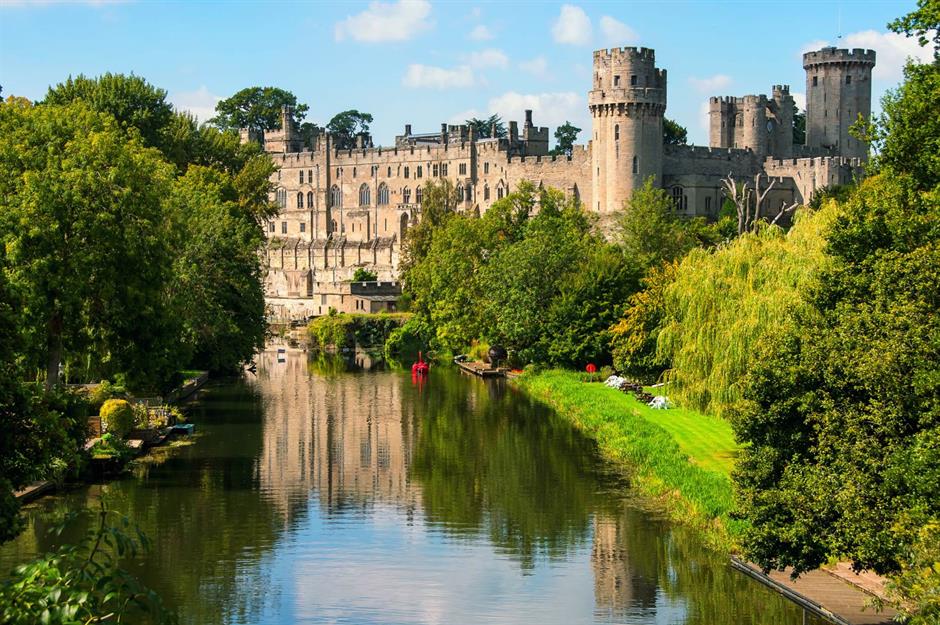
Warwick Castle started life as a Saxon fortress, which was built on the banks of the River Avon to protect the town from Dane invasions. A wooden castle was later built on the site in AD 1068 after the Norman Conquest. What visitors see today is a grand turreted 12th-century stone stronghold, one of the finest and most complete medieval castles in the entire country. The fortress dominates its namesake city and is one of the best-known attractions in the West Midlands, now home to a hotel, knights’ lodges and myriad medieval-themed activities.
Kew Gardens, London, England
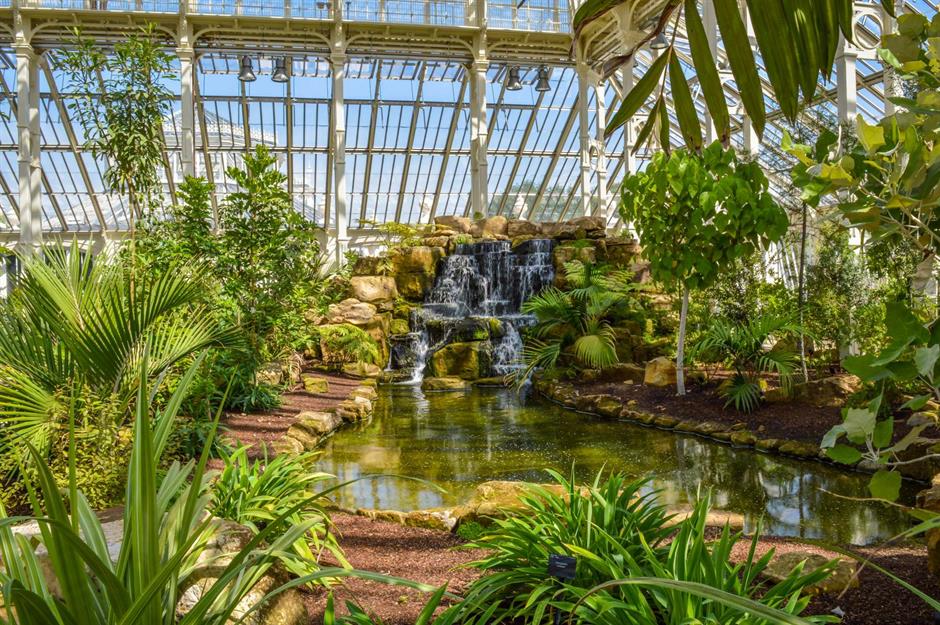
Situated in southwest London, the Royal Botanic Gardens, Kew holds one of the most important plant collections in the world. Its Grade I-listed Victorian glasshouse, Temperate House, is the largest structure of its kind on the planet, home to 1,500 species of rare plants. World-renowned as a scientific institution for plant and fungal research, Kew Gardens became a designated World Heritage Site in 2003. For a bird’s-eye view of the gardens and forest canopy, head up to its striking Treetop Walkway, designed by the team behind the London Eye.
Chester Zoo, Cheshire, England

Britain is filled with some wonderful, forward-thinking zoos, none more so than Chester Zoo in northwest England. First opened in the 1930s, Chester Zoo leads the way in animal conservation, education and science and is the most visited zoo in the UK. Spread across 128 acres, the zoological park is home to more than 500 species of rare, exotic and endangered wildlife with over 20,000 animals including black rhinos, cheetahs, jaguars and Sumatran tigers. It has recently launched special late Into the Night openings.
Skara Brae, Orkney, Scotland
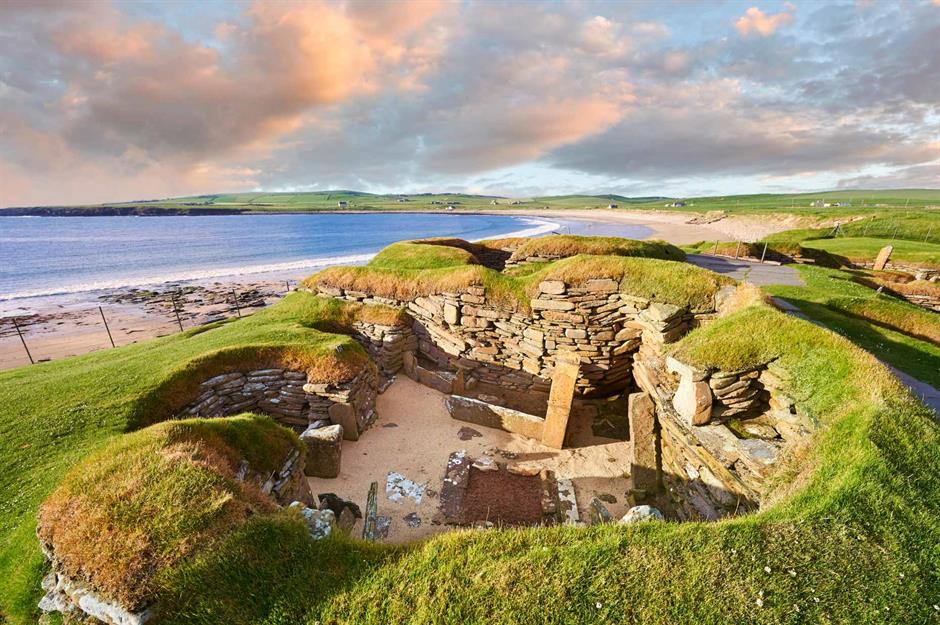
Nicknamed the 'Scottish Pompeii', the prehistoric village of Skara Brae lies on the Scottish archipelago of Orkney. Thought to date back 5,000 years, before even Stonehenge was built, the incredible ruins were uncovered by a storm in 1850. A well-preserved cluster of homes featuring stone beds, dressers and seats, the site paints a remarkable picture of a bygone era. The ancient settlement, alongside Orkney's other prehistoric monuments, was awarded World Heritage Status in 1999 due to its rich archaeological treasures.
National Museum Cardiff, Cardiff, Wales
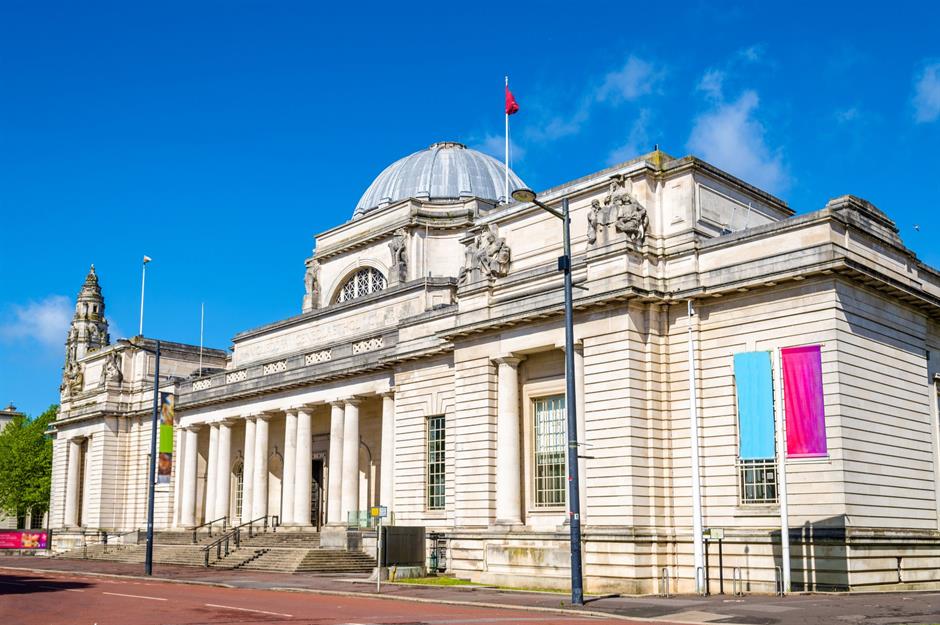
In the heart of the Welsh capital, the National Museum Cardiff is undoubtedly one of the city’s top tourist attractions. The galleries feature incredible paintings, drawings, sculptures, silver and ceramics from across the globe as well as Wales. The museum is known for hosting one of the finest European art collections spanning 500 years and including everything from 15th-century Italian painters to Welsh artists of the 18th century. French Impressionist pieces from the likes of Pierre-Auguste Renoir and Claude Monet are just a few of the highlights.
Palace of Holyroodhouse, Edinburgh, Scotland
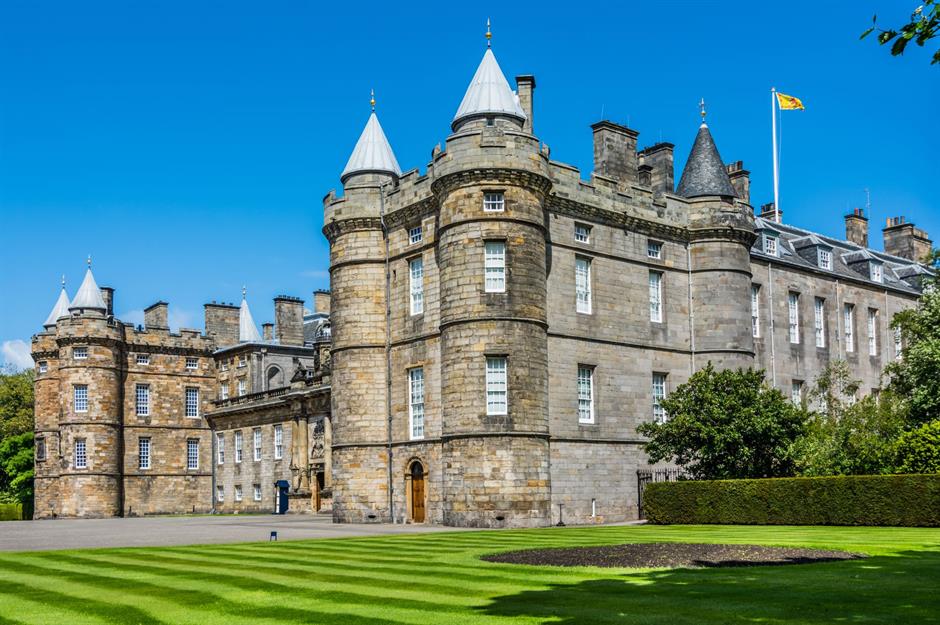
The official residence of His Majesty The King in Scotland, this grand palace stands at the end of Edinburgh’s historic Royal Mile. Rich in history, Holyrood Abbey is believed to have been founded around 900 years ago by David I of Scotland. During the reign of James VI in the 16th century, the royal chambers built around the abbey were converted into a royal palace. Inherited by various monarchs over centuries, the Holyroodhouse Palace is best known for being the home of Mary, Queen of Scots. Highlights from the palace include its grand apartments, beautiful Scottish artwork and the abbey ruins (although the latter is currently closed).
Radcliffe Camera, Oxford, England
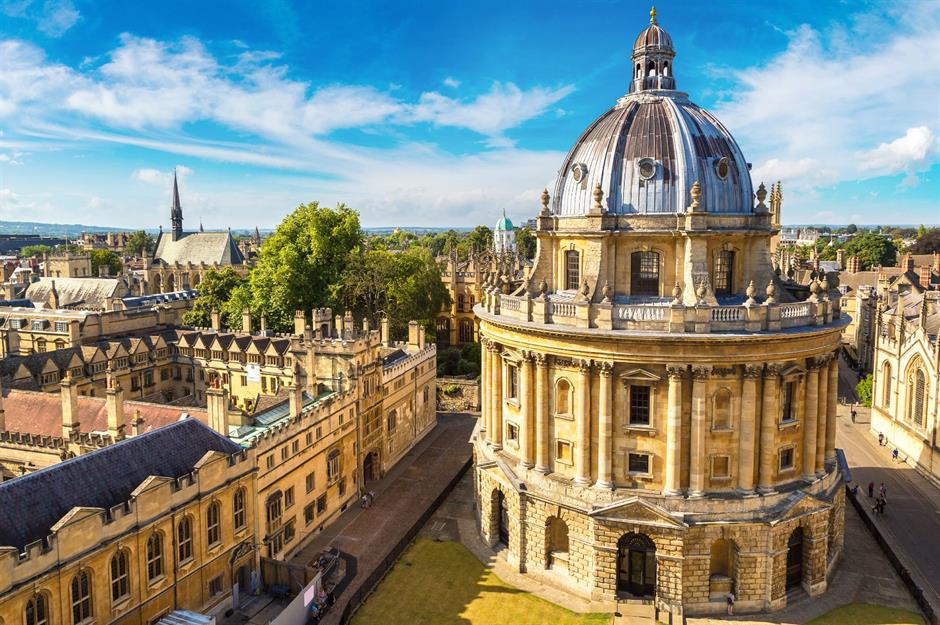
The city of Oxford is renowned for its beautiful historic buildings, but none are quite as striking as the dome-shaped Radcliffe Camera. Built between 1737 and 1749, it was designed by architect James Gibbs as a new scientific library and was the first circular library in England. The elaborate building was named after the royal physician Dr John Radcliffe while the Latin word ‘camera’ means 'chamber'. Considered the heart of the University of Oxford, Radcliffe Camera is now the main reading room of the Bodleian Library and one of the city’s most photographed sights.
Tower of London, London, England
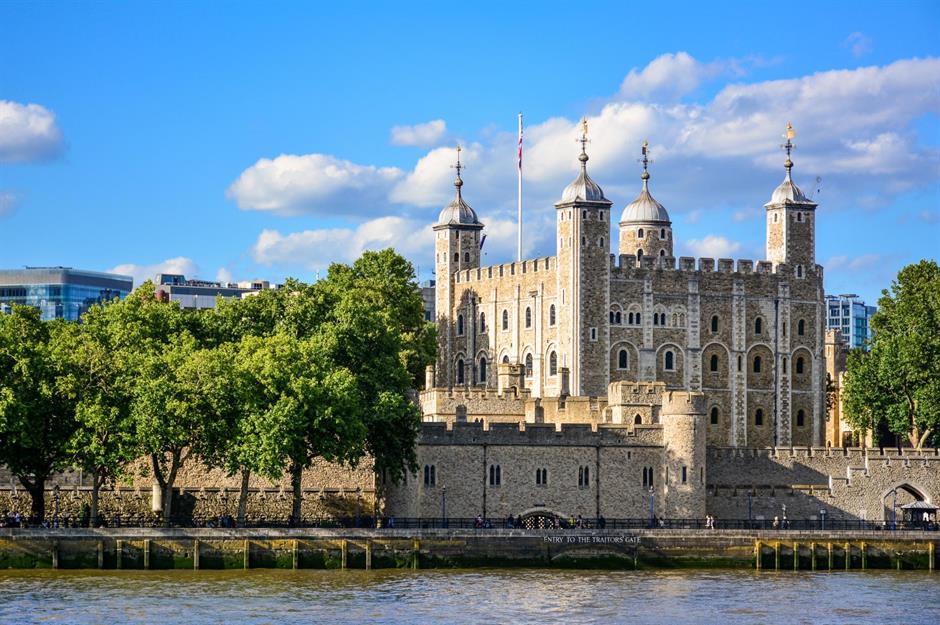
Intertwined with mystery, violence and death, the history of London’s formidable fortress dates back almost one thousand years. Built in the 1070s by William the Conqueror, The Tower of London is famously linked to the disappearance of the two little princes, Edward and Richard, during the reign of Richard III. It was also where Anne Boleyn was executed for treason in 1536. Today visitors flock to the walled Thames-side fortress to glimpse the Crown Jewels in the Jewel House, admire the White Tower’s impressive collection of armour and hear grisly tales of torture in the Bloody Tower.
RHS Garden Wisley, Surrey, England
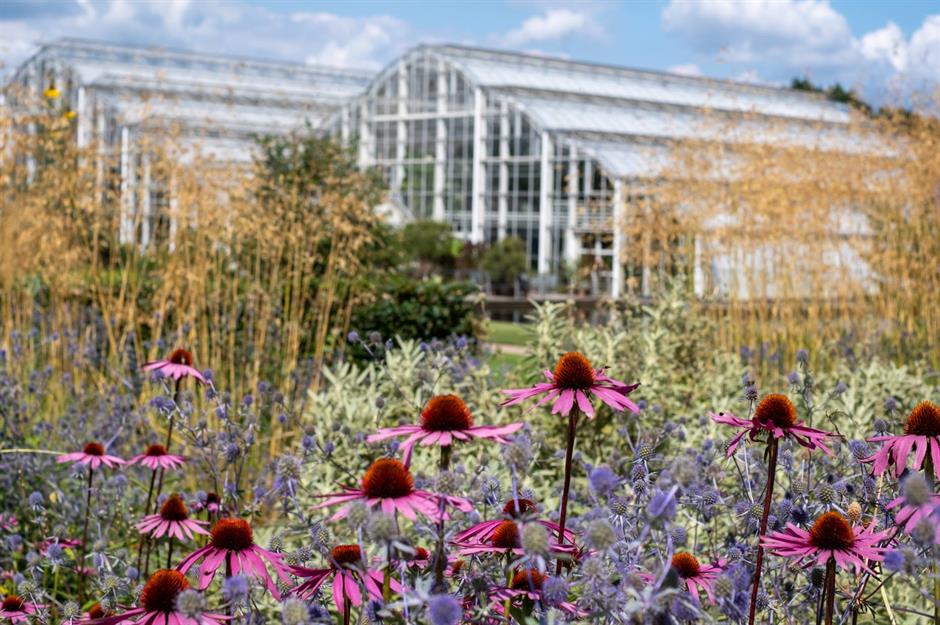
The nation's most famous gardens after Kew, RHS Garden Wisley in Surrey employs more than 150 full-time gardeners to tend to its 240 acres. Highlights are the Glasshouse, Rock Garden and its impressive mixed borders, along with its Walled Gardens and the lawns and woodlands of Seven Acres (especially stunning in autumn). After a spend of £35 million ($39m), RHS Hilltop opened in 2021. A centre dedicated to horticultural science, it is surrounded by three gardens, the World Food, Wildlife and Wellness gardens. Don't miss a visit to its garden centre to take a little botanical beauty back home.
The Deep, Hull, England
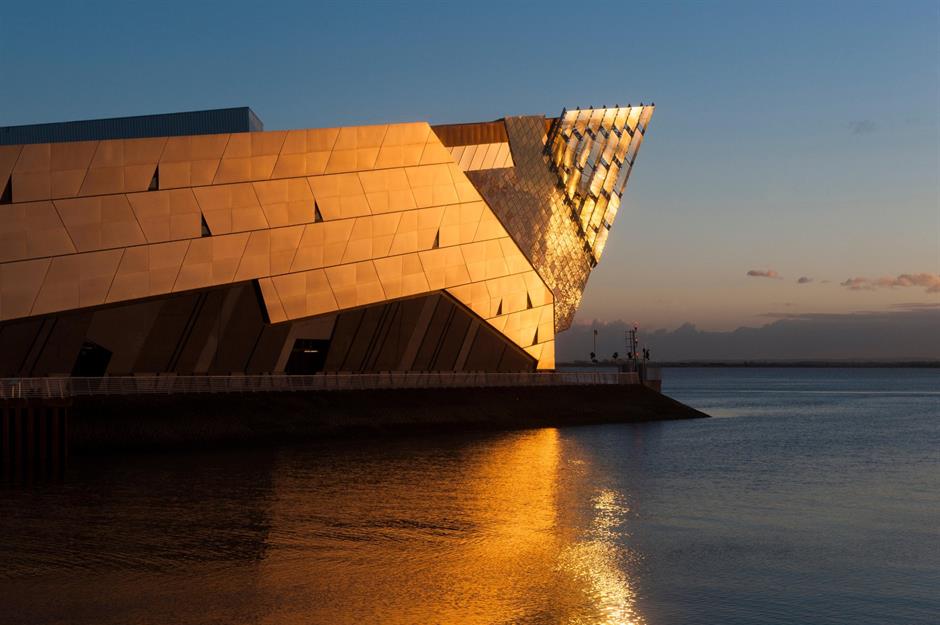
Inside this striking glass-and-aluminium building lies the maritime city of Hull's award-winning aquarium. Home to over 5,000 animals, including the only colony of Gentoo penguins in the north of England, the Deep is a charity dedicated to conservation and education. Kids will love the interactive information boards and the glass lift. Overlooking the Humber estuary, the ambitious project was part of a major regeneration of Hull and opened in 2002.
Centre for Alternative Technology (CAT), Powys, Wales
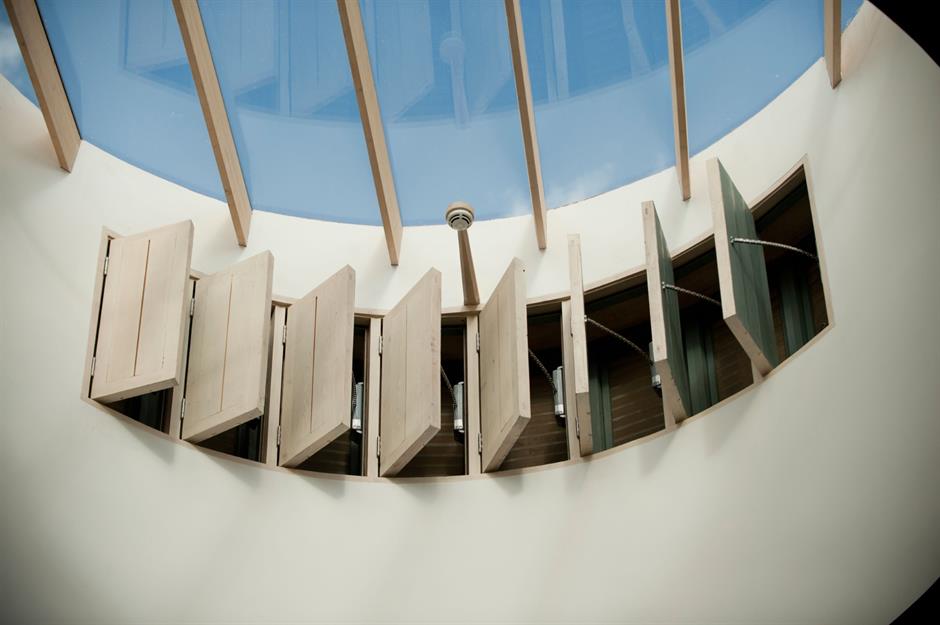
Set within the UNESCO Dyfi Biosphere in Mid Wales, the Centre for Alternative Technology (CAT) is located on a former Welsh slate quarry and dedicated to finding practical solutions for a sustainable future. Visitors to Britain's leading eco centre can explore sustainably managed woodlands and organic gardens, see different types of energy-efficient homes and learn about renewable energy sources. Its interactive displays and the Quarry Trail Walk are great for kids while day-long and short residential courses are available too.
Nottingham Castle, Nottingham, England
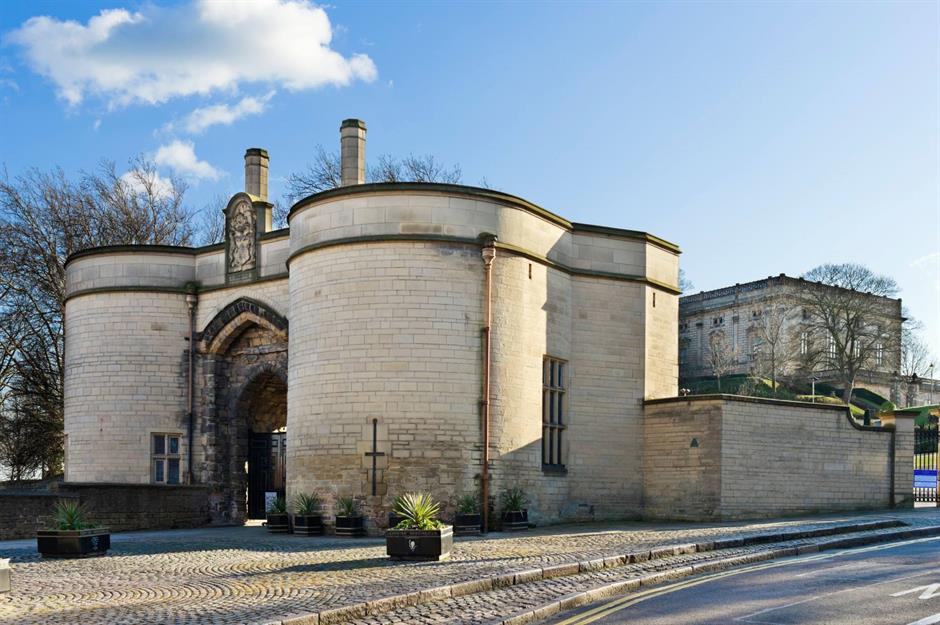
Nottingham Castle reopened in 2021 after a £30 million ($34m) project that included the creation of a Robin Hood experience and visitor centre, landscaping of the grounds and refurbishment of the galleries in the Ducal Palace. Although the original medieval castle has long since been demolished, its walls and gates remain – the gatehouse (pictured) was renovated in Victorian times. The stronghold has a fascinating history, from the Norman Conquest and the legends of Robin Hood to the Civil War and Industrial Revolution. You can also explore the network of caves that riddle Castle Rock and see its medieval foundations on an underground tour.
Like this? Now discover some stunning castles you've never heard of
Natural History Museum, London, England
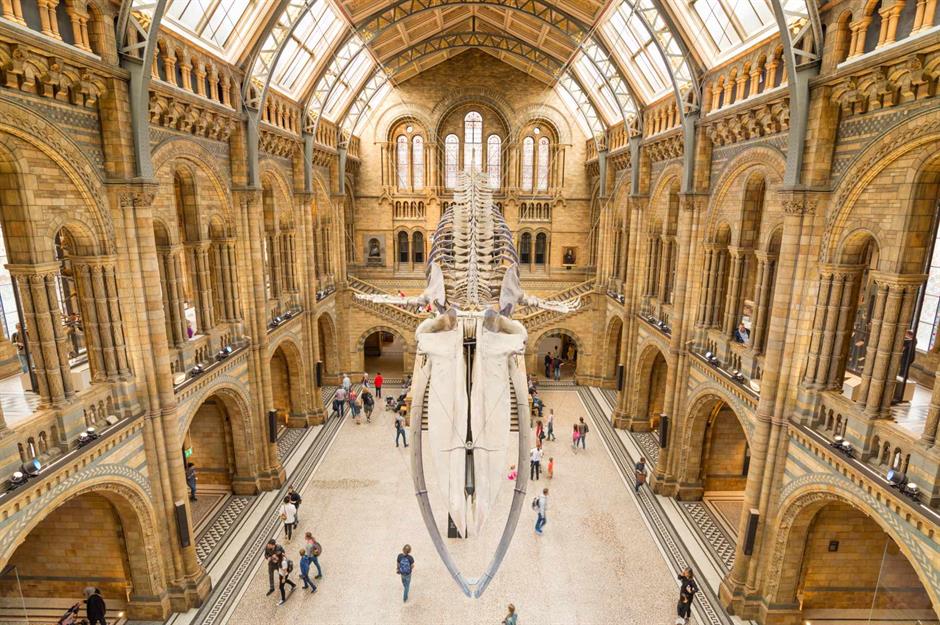
Established in 1881, London's Natural History Museum is famed throughout the world for its extraordinary collections. The museum was founded when biologist Richard Owen convinced the British Museum that a new space was needed for its growing collection of natural history specimens. It is now home to more than 80 million specimens spanning billions of years, with exhibits focusing on life and Earth science throughout history. Hailed for its beautiful terracotta Romanesque architecture and incredible dinosaur skeletons, it typically attracts over five million visitors each year.
Portmeirion, Gwynedd, Wales
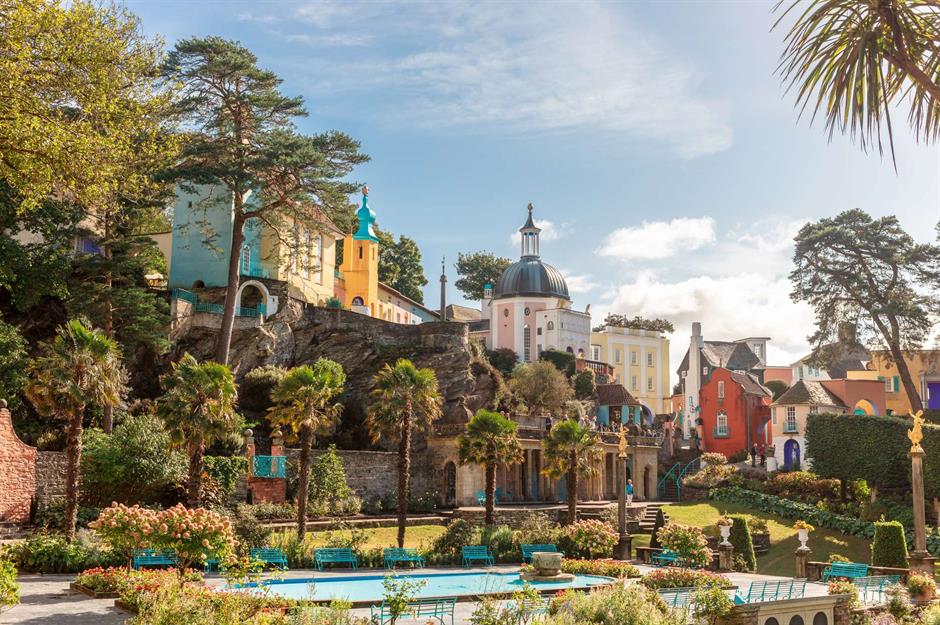
On the coast of North Wales, the fairy-tale village of Portmeirion feels a world away from the rest of the UK. Built between 1925 and 1975 by Welsh architect Sir Clough Williams-Ellis, Portmeirion was inspired by a vibrant Italian village. Surrounded by picturesque mountains, its dreamy Baroque-inspired domes and pretty buildings have drawn artists, writers and musicians from all over the world, including Beatles singer George Harrison, who celebrated his 50th birthday there.
Check out more stunning photos of places you won’t believe are in the UK
Tintagel Castle, Cornwall, England
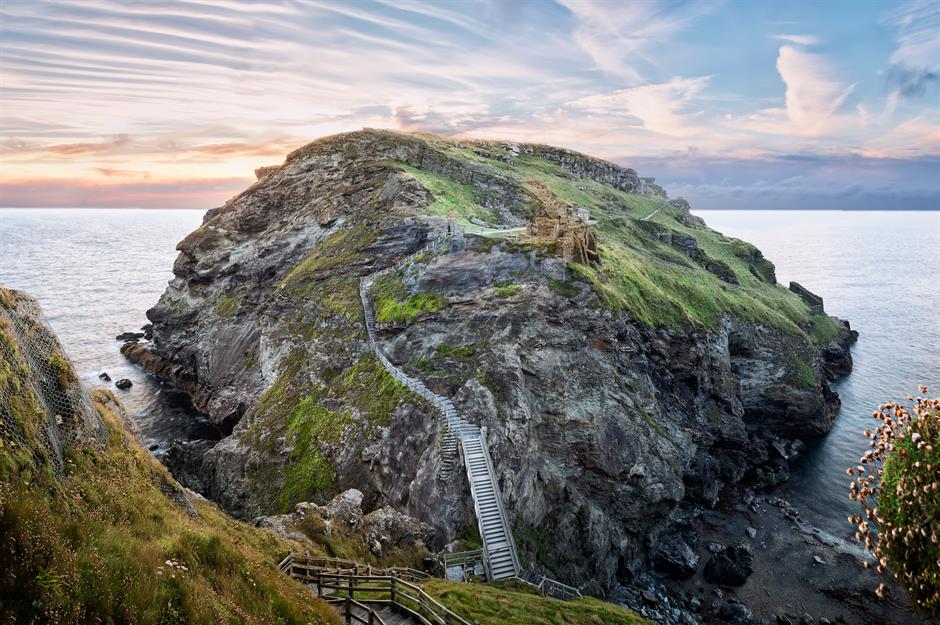
Sprawling along the edge of a windswept headland and onto a little island, the ruins of 13th-century Tintagel Castle are an arresting sight on the north Cornwall coast. While it might lie in ruins, the site lures visitors with its legends and spectacular setting. In 2019 a footbridge opened, recreating the old drawbridge that once linked the mainland to the island after a narrow isthmus collapsed. An ancient seat of Cornish kings, Tintagel was linked to the Arthurian legends by Geoffrey of Monmouth in 1138 when he named it the place of King Arthur’s conception. A ghostly bronze statue of a king, inspired by the legend, now commands the cliffside while the face of the wizard Merlin is etched into a deep cave on the beach below.
Wells Cathedral, Wells, England
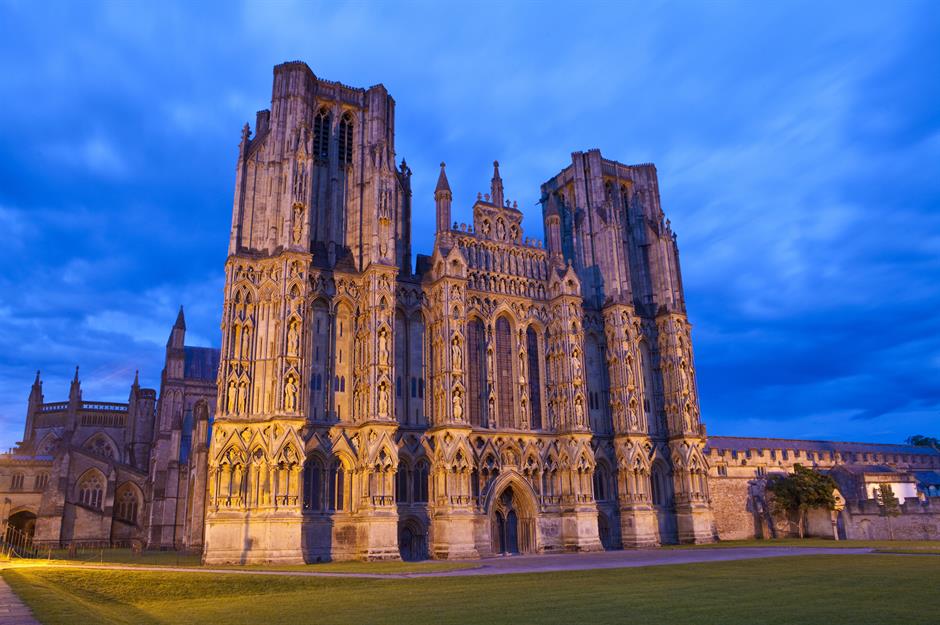
A place of worship for over 870 years, Wells Cathedral in Somerset is arguably the most magnificent of all the UK’s medieval cathedrals. Work began on the present building in 1175 and it was the first English cathedral to be built entirely in the 'new' Gothic style, inspired by Bishop Reginald de Bohun’s visit to France. It contains innumerable treasures including the 14th-century stained-glass Jesse Window, the Wells clock (the second oldest clock mechanism in Britain) and Vicar’s Close. Attached to the church, it is the oldest continuously occupied medieval street in Europe. The wells or springs, which first brought ancient people to worship here, can still be seen in the Bishop’s Palace garden.
Minack Theatre, Cornwall, England
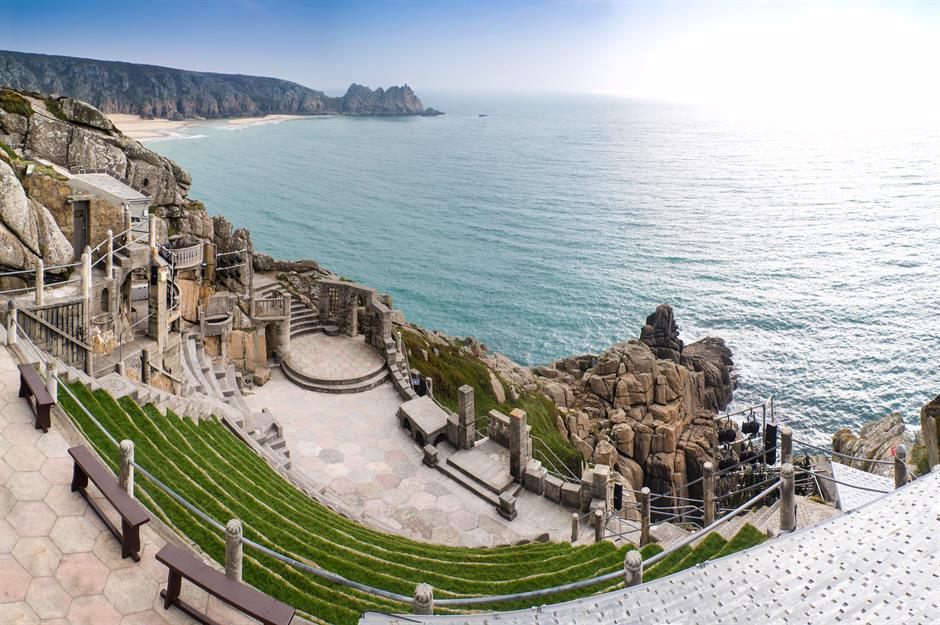
Dug into a cliffside overlooking the frothing Atlantic in southwest Cornwall, this magnificent open-air amphitheatre was the vision of an Edwardian lady called Rowena Cade who lived in Minack House on the headland. Construction began after she offered her cliff garden to stage a local production of The Tempest in 1930. Named after the Cornish word 'meynek', meaning rocky place, much of the construction work was undertaken by Rowena and by hand. Today, the Minack hosts shows from April to October and is open to visitors daily to see the theatre, explore its gardens and fascinating on-site museum.
British Museum, London, England
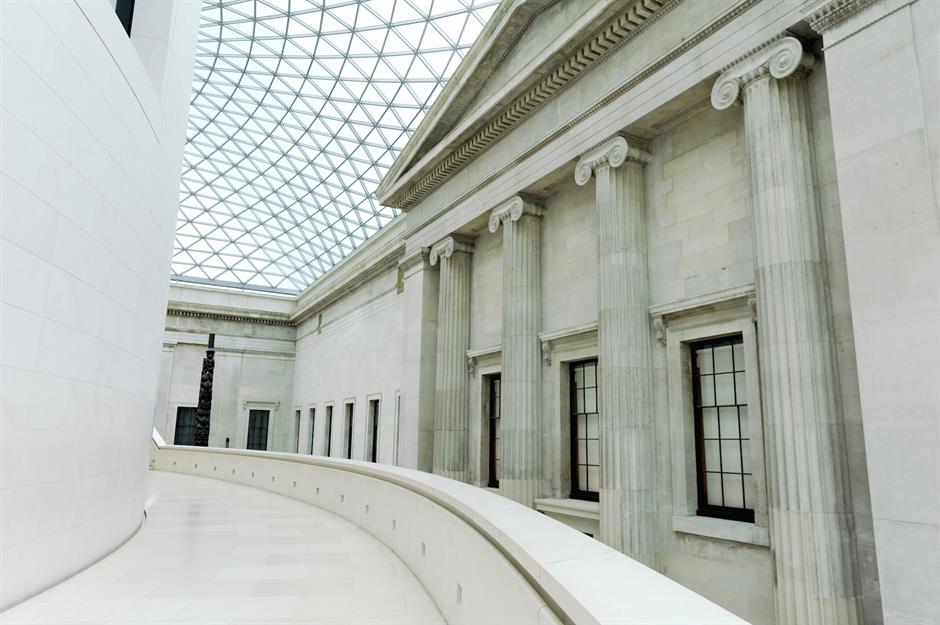
Stuffed with untold wonders from Britain and around the world, this world-leading museum in Bloomsbury traces two million years of human history, across six continents with eight million permanent works and many more in its special exhibitions. From the Rosetta Stone, the (controversial) Parthenon Sculptures and the bust of Ramesses II to the Sutton Hoo hoard, its ancient treasures are numerous and spectacular. But it also showcases modern pieces such as Grayson Perry's The Tomb of the Unknown Craftsman. Best of all it's completely free to visit.
Windsor Castle, Windsor, England
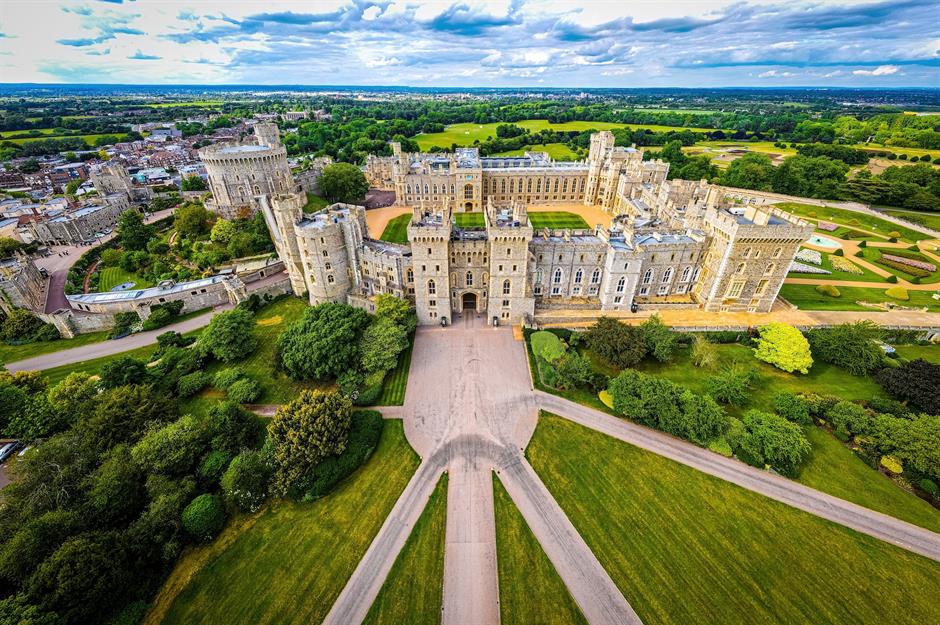
The oldest and largest occupied castle in the world, Windsor Castle was founded by William the Conqueror in the 11th century and has since been the home of 40 monarchs. It is now the resting place for Elizabeth II. It is possible to visit parts of the castle including St George’s chapel, where the tombs of numerous monarchs lie including the late Queen, Henry VIII and Charles II, and numerous royals have wed. Visitors can also see the Changing of the Guard ceremony on Thursdays and Saturdays, which starts following a march by the New Guard through the town centre to the castle.
Comments
Be the first to comment
Do you want to comment on this article? You need to be signed in for this feature